12-Vasco-Saas-Marketing Free 16-20
12-Vasco-Saas-Marketing Free 16-20 - Part 1
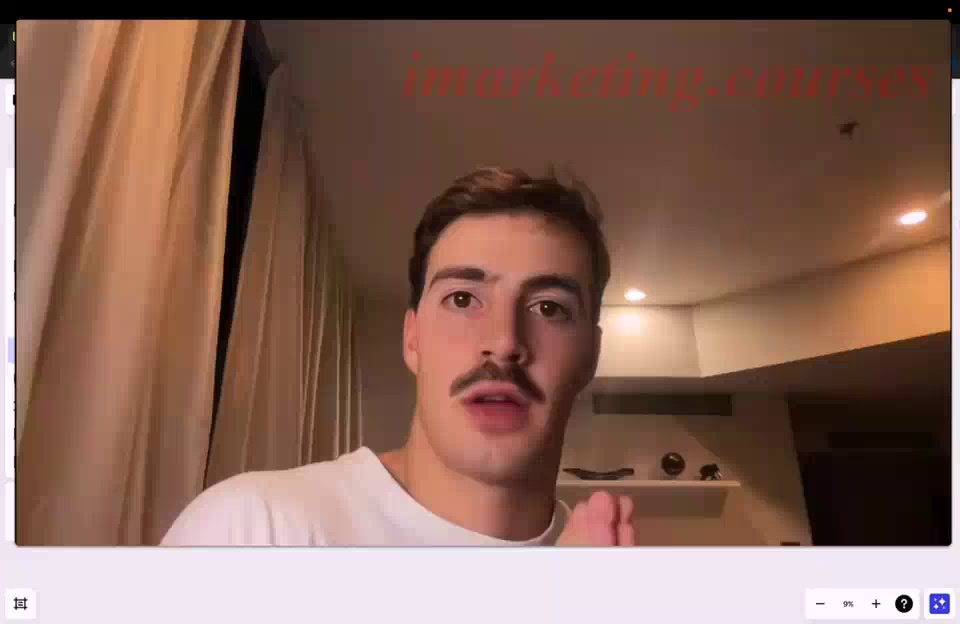
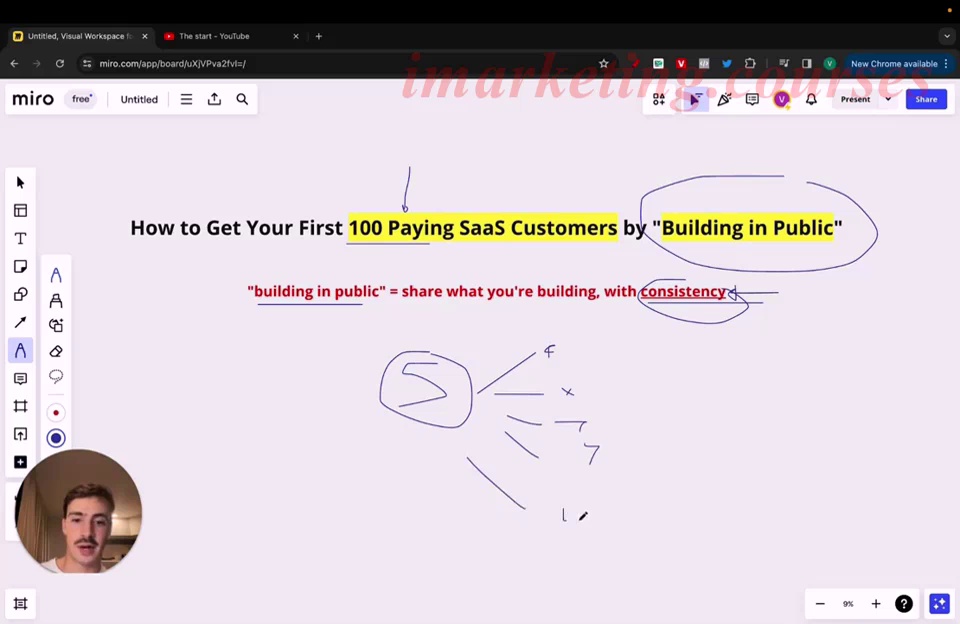
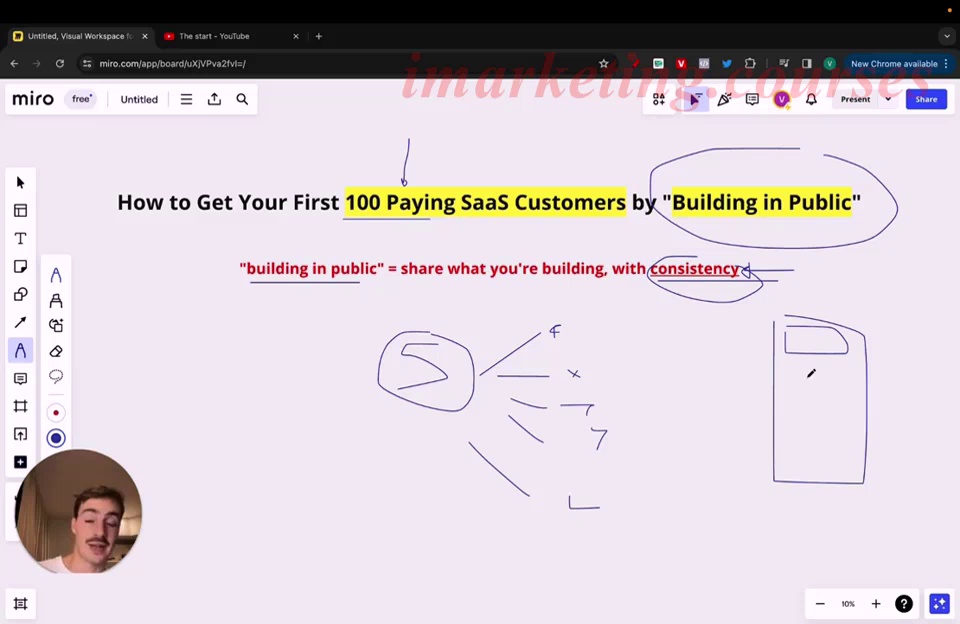
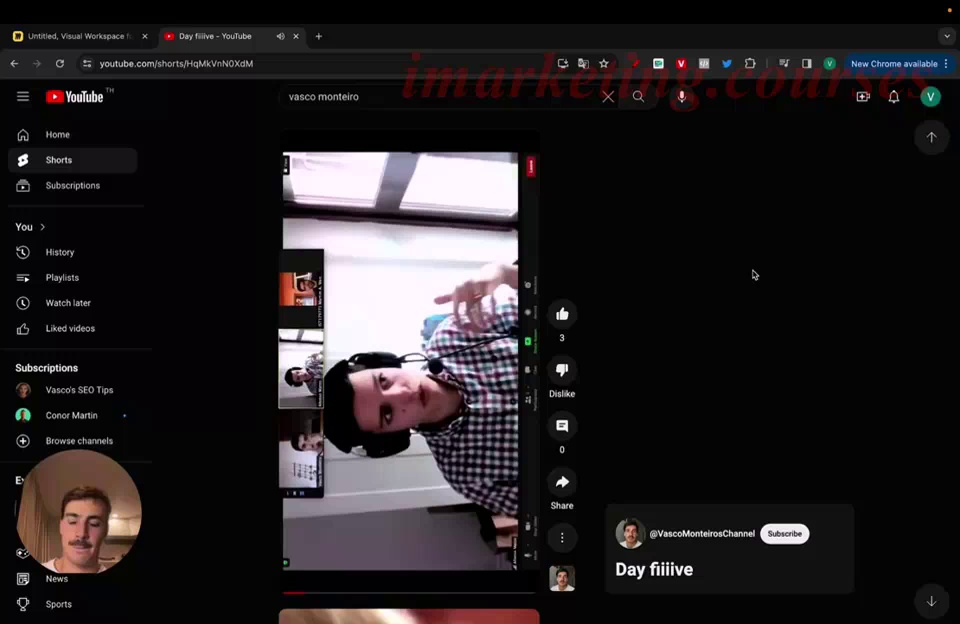
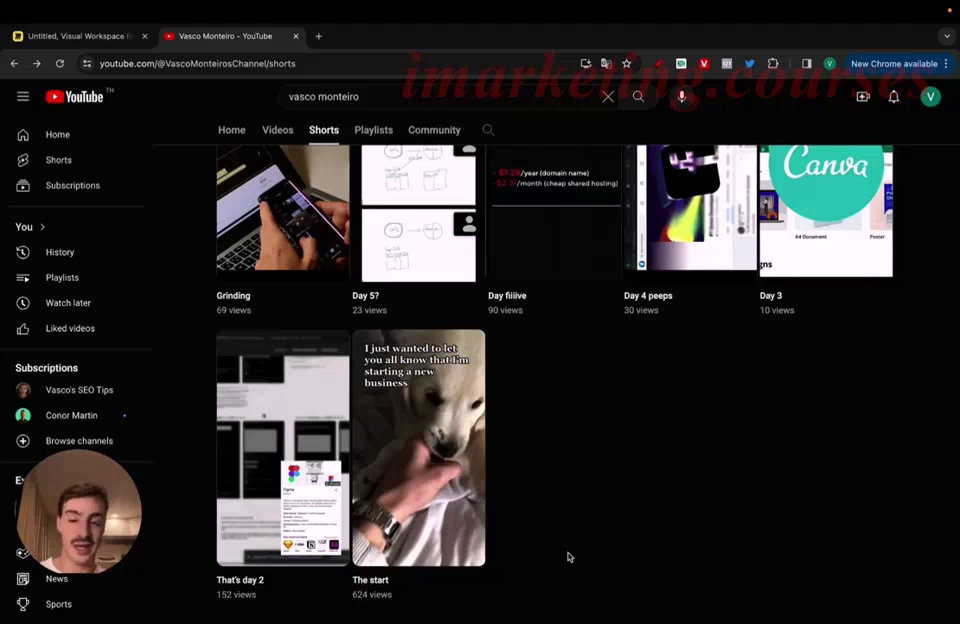
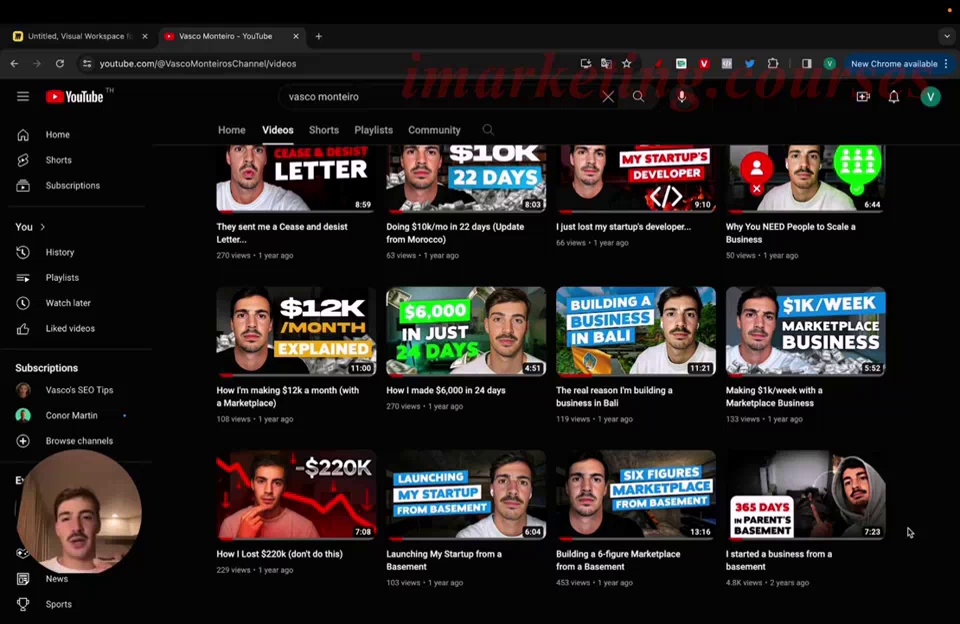
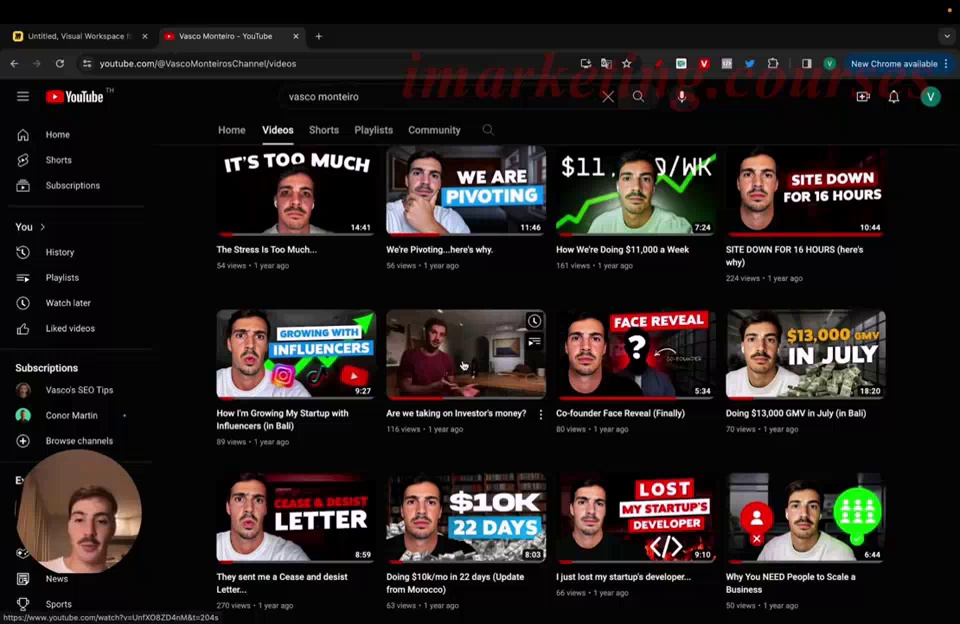
Building in public means consistently sharing your progress building your SaaS business on social media. This holds you accountable and opens doors. The narrator shares his poor early videos as examples - quality improves over time. He later made weekly video updates documenting highs and lows. This built trust and interest.
The narrator recommends trying different platforms like LinkedIn, Twitter, and YouTube to see what works. He prefers Twitter for building in public due to the authentic feedback. The narrator emphasises starting is key - the first posts will be bad but you learn. Consistently document struggles and achievements, even small ones, to build familiarity.
The core benefit of building in public is letting potential customers get to know you. As they see your journey and you interact in comments, some convert to paying customers. The narrator attributes much of his success to relentlessly sharing publicly. He advises: choose a platform, start posting progress no matter how bad, improve from feedback, and convert some followers to buyers.
.12-Vasco-Saas-Marketing Free 16-20 - Part 2







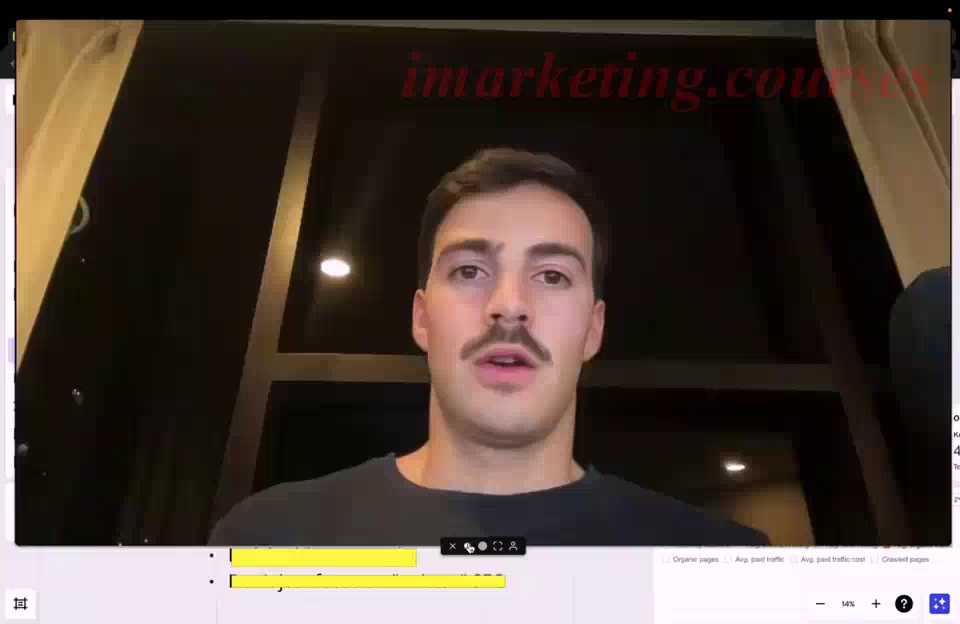
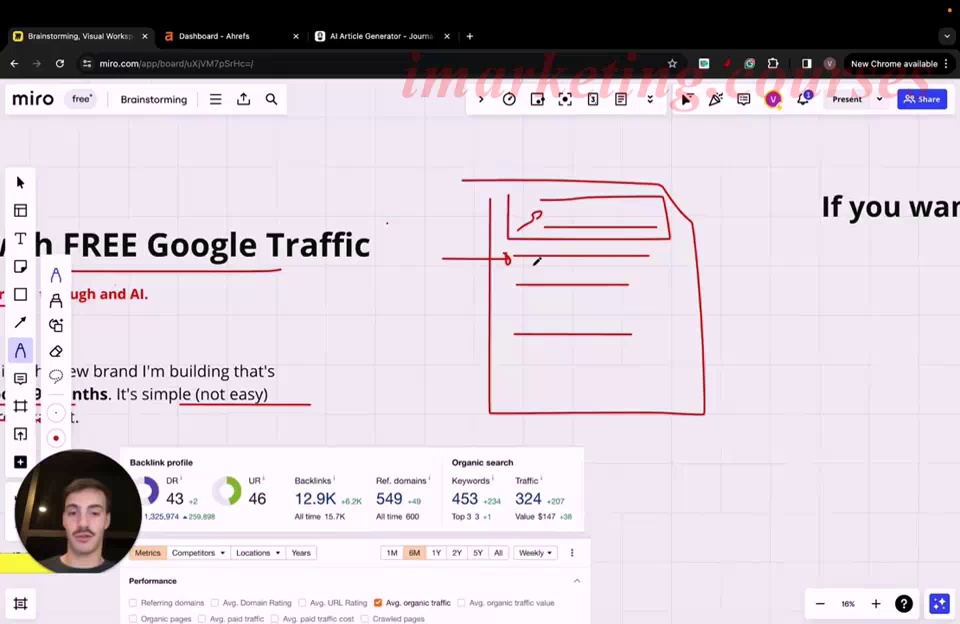
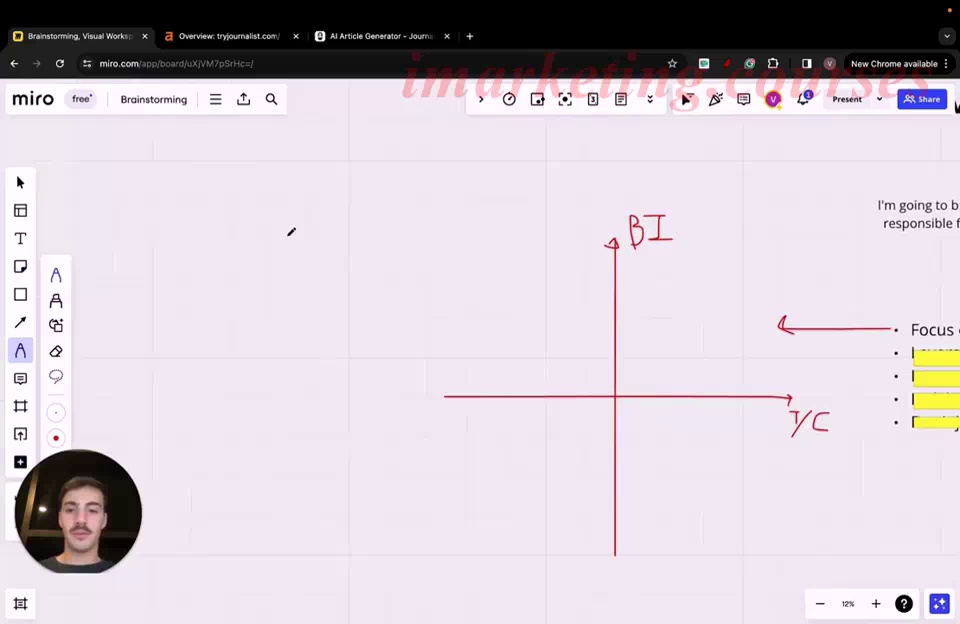
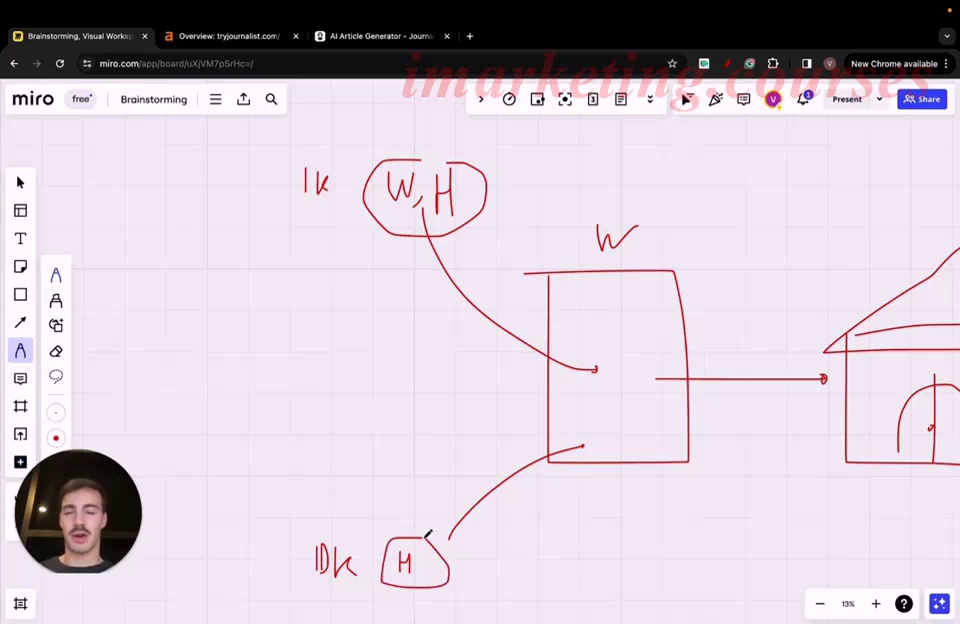

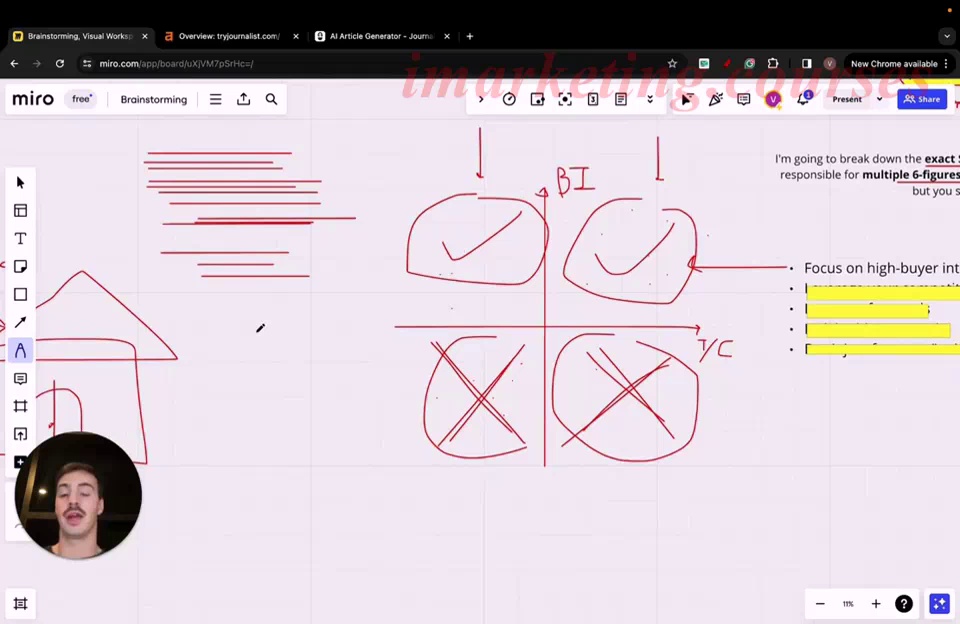
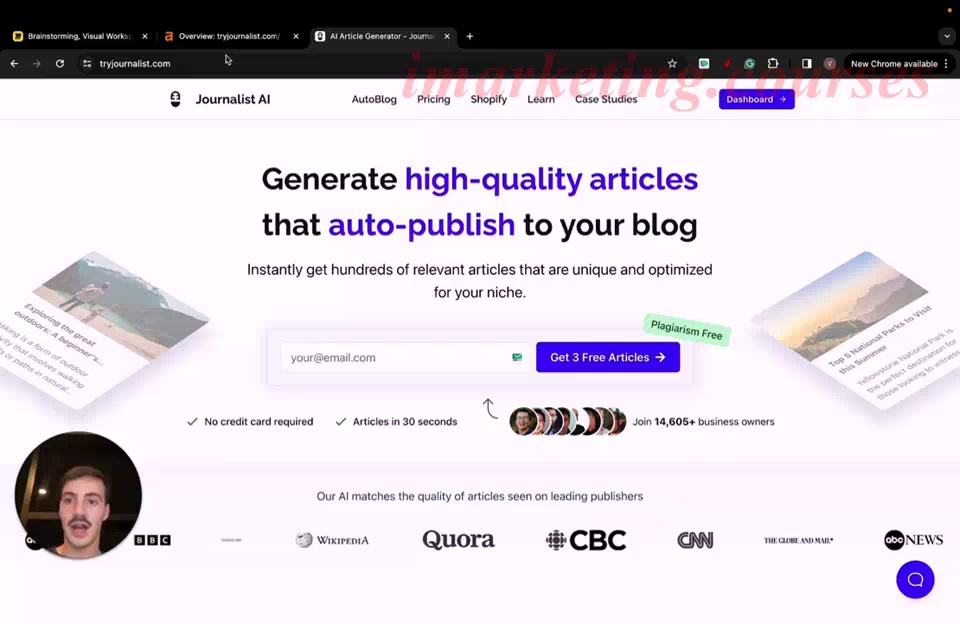
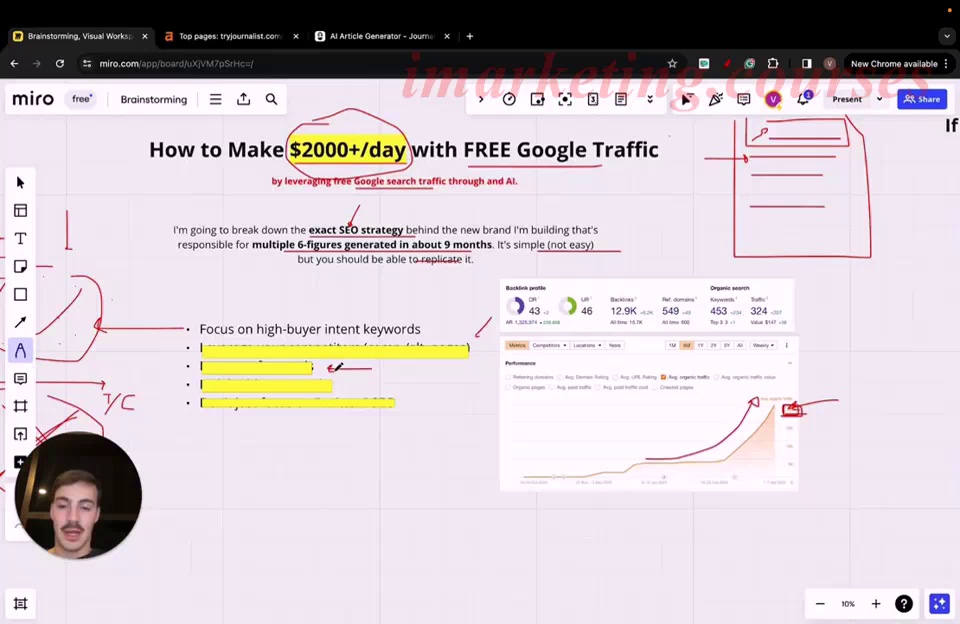
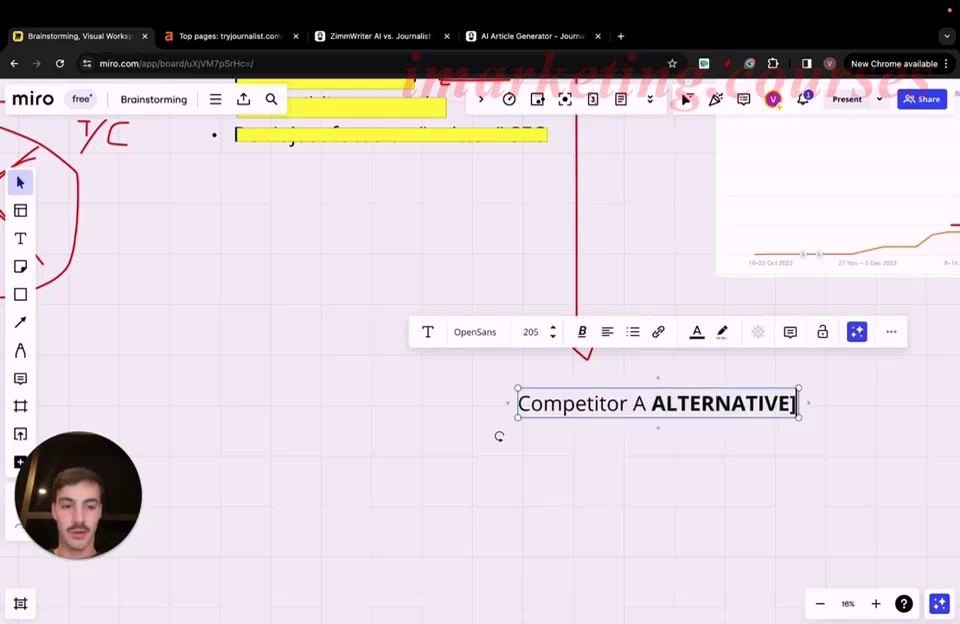
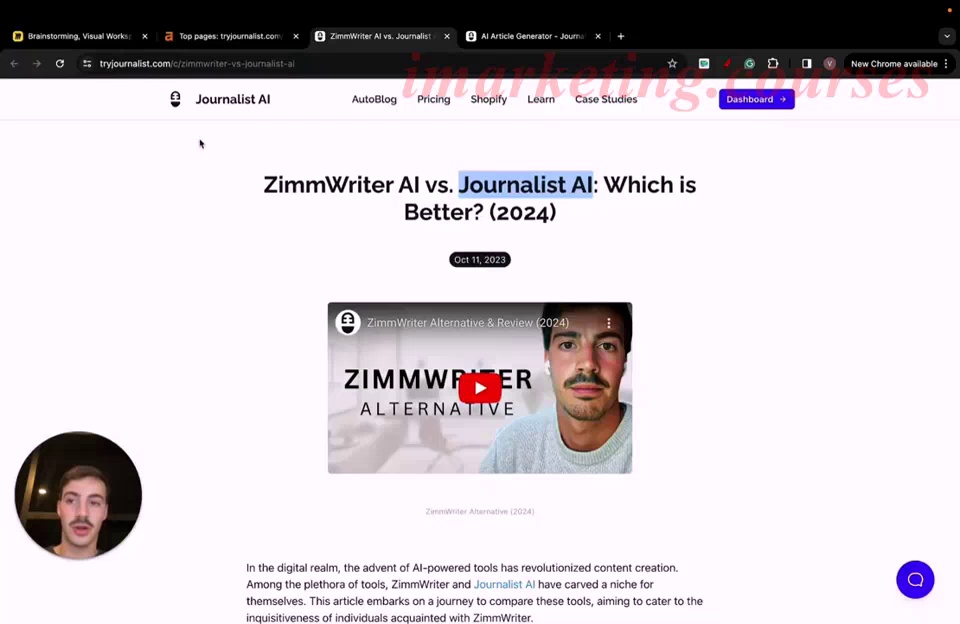
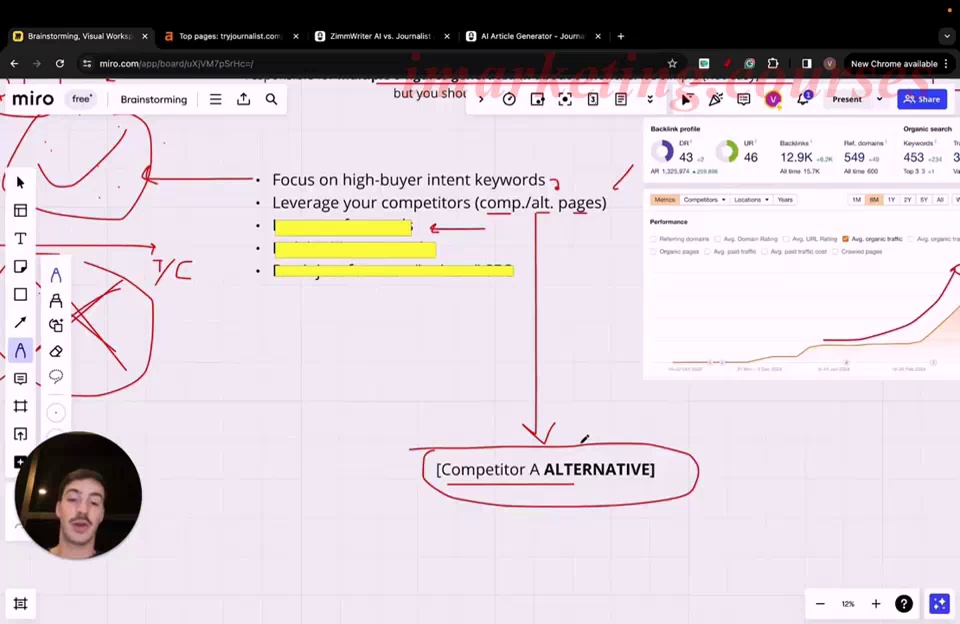
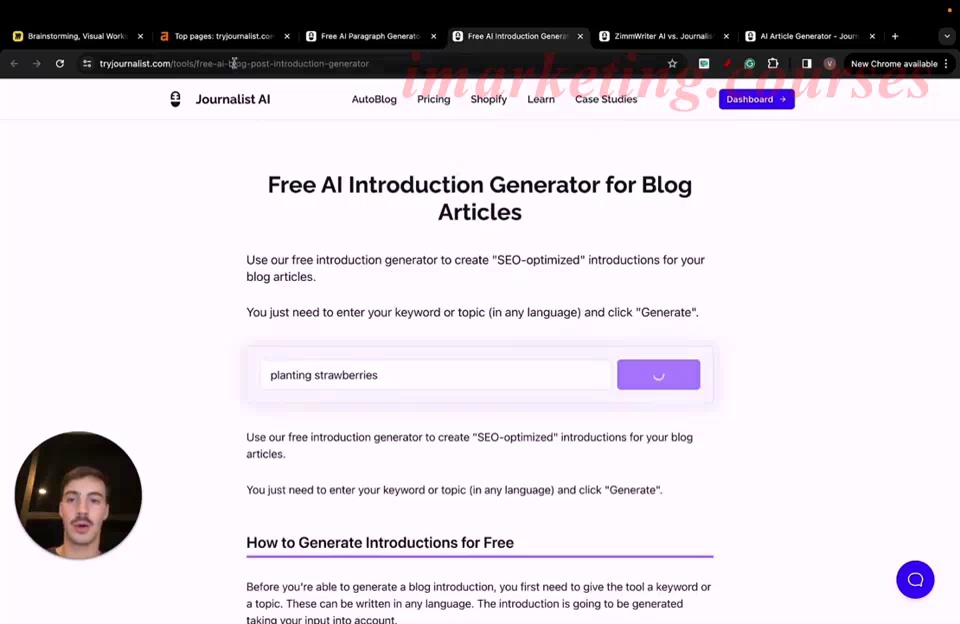
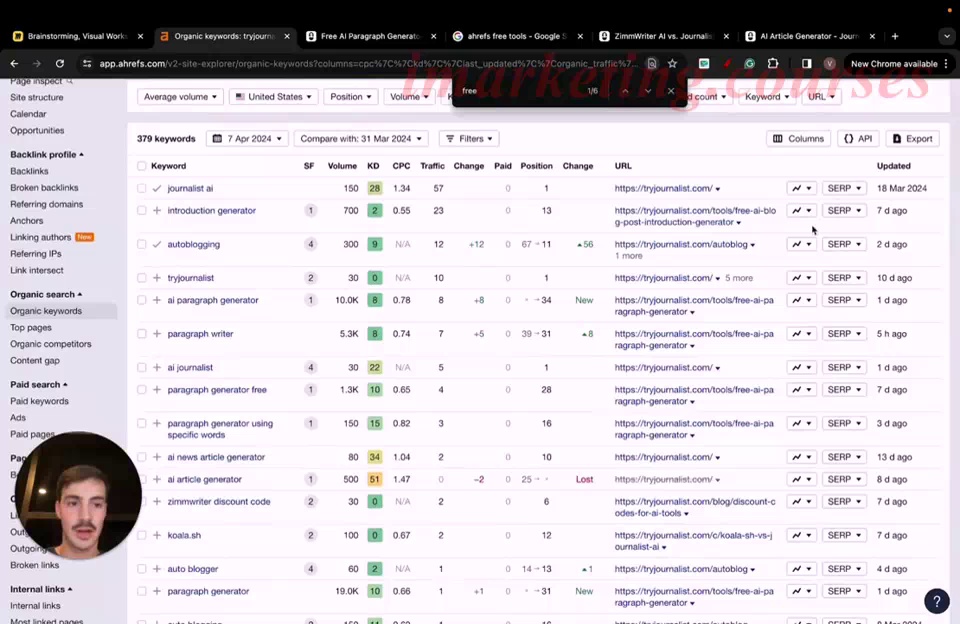
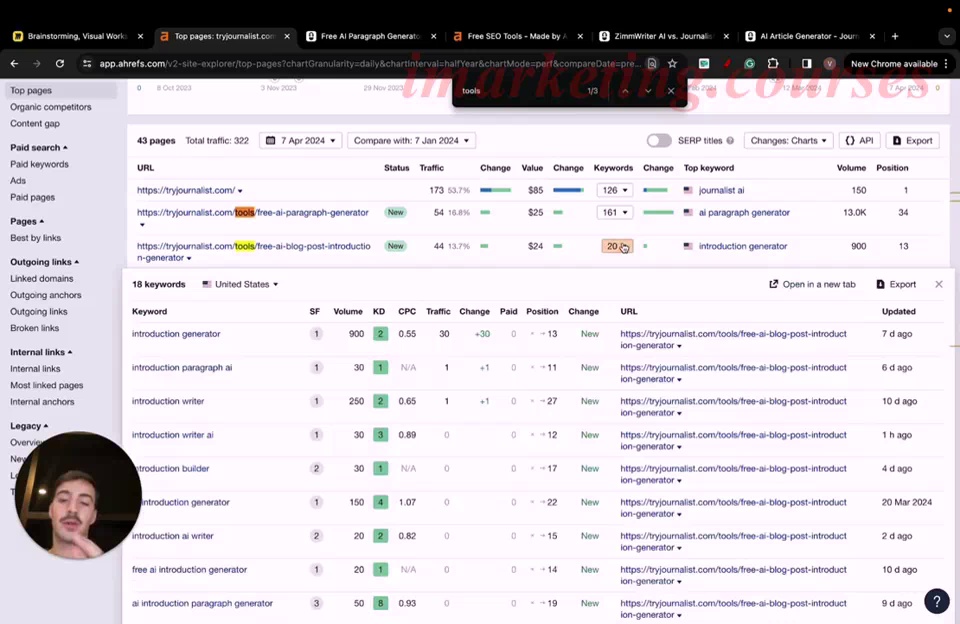
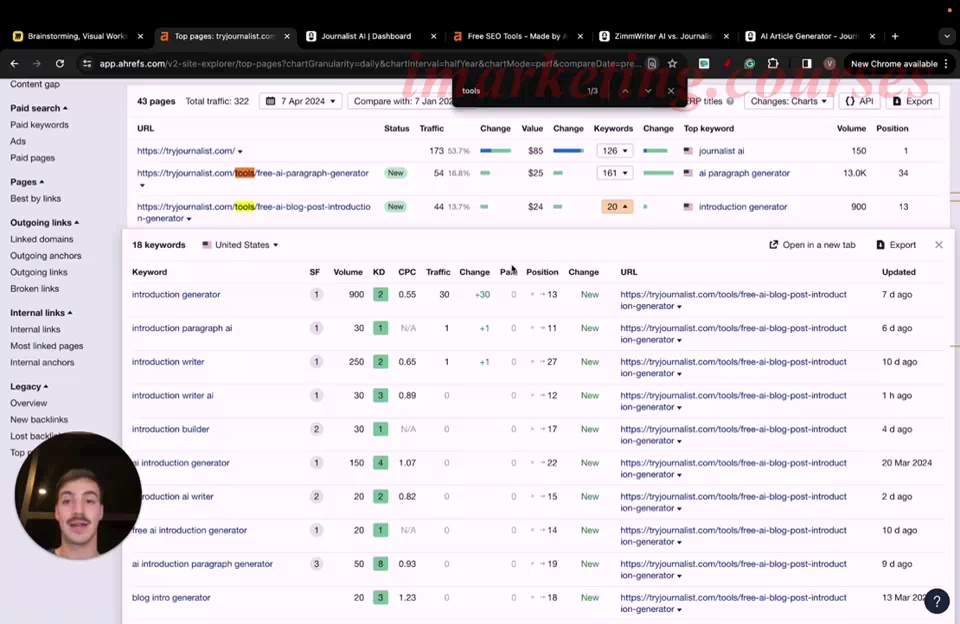

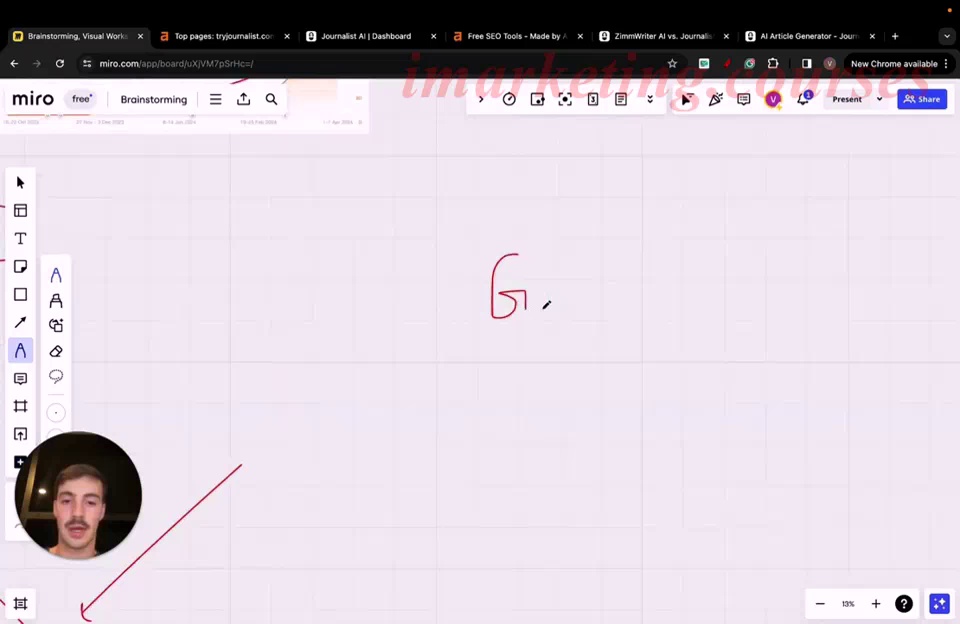
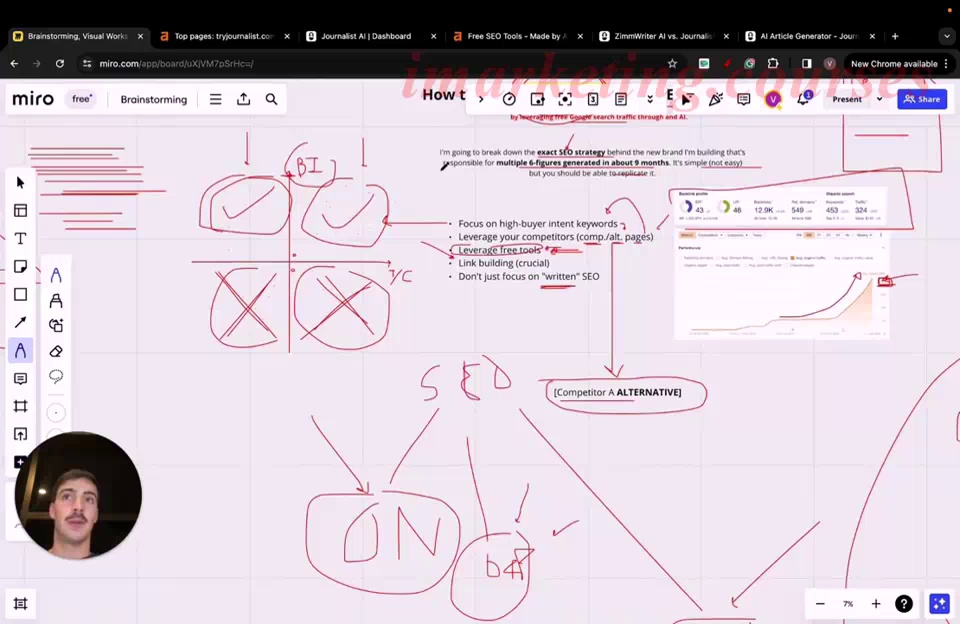
The narrator makes over $2,000 per day leveraging free Google search traffic using AI and SEO. Their strategy focuses on:
- Targeting high buying intent keywords - like "AI article generator" - that indicate users are ready to purchase. Low buying intent keywords like "AI generator" waste time.
- Creating comparison and alternative pages that leverage competitors' brand names and rank for valuable keywords like "[Competitor] alternative".
- Building free tools that rank well and give users a sample of the product. For example, free AI paragraph generators that then advertise the paid software.
- Performing crucial link building to strengthen rankings.
- Expanding beyond written content with YouTube and other platforms for video and product SEO.
.12-Vasco-Saas-Marketing Free 16-20 - Part 3











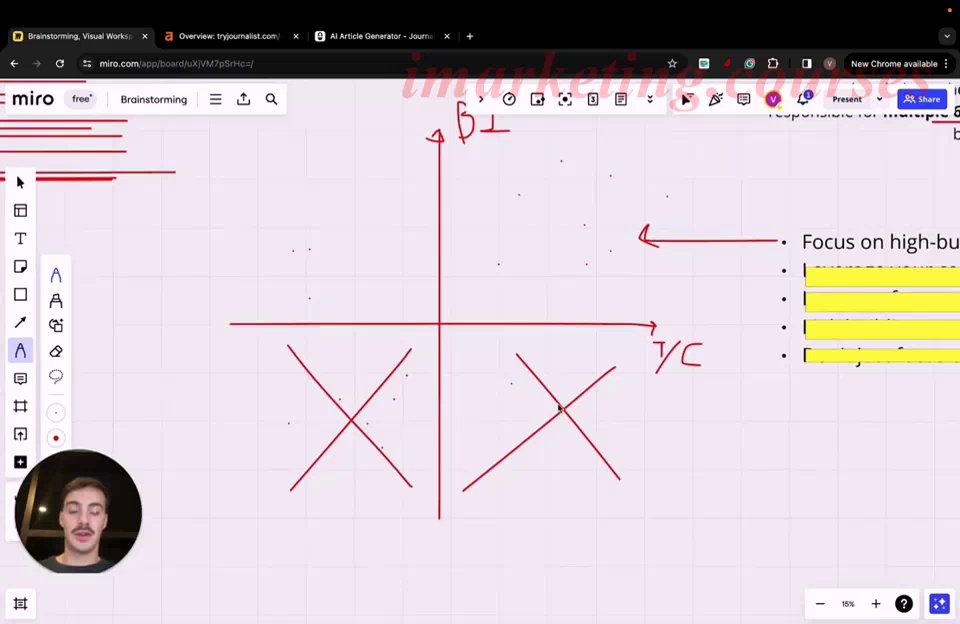













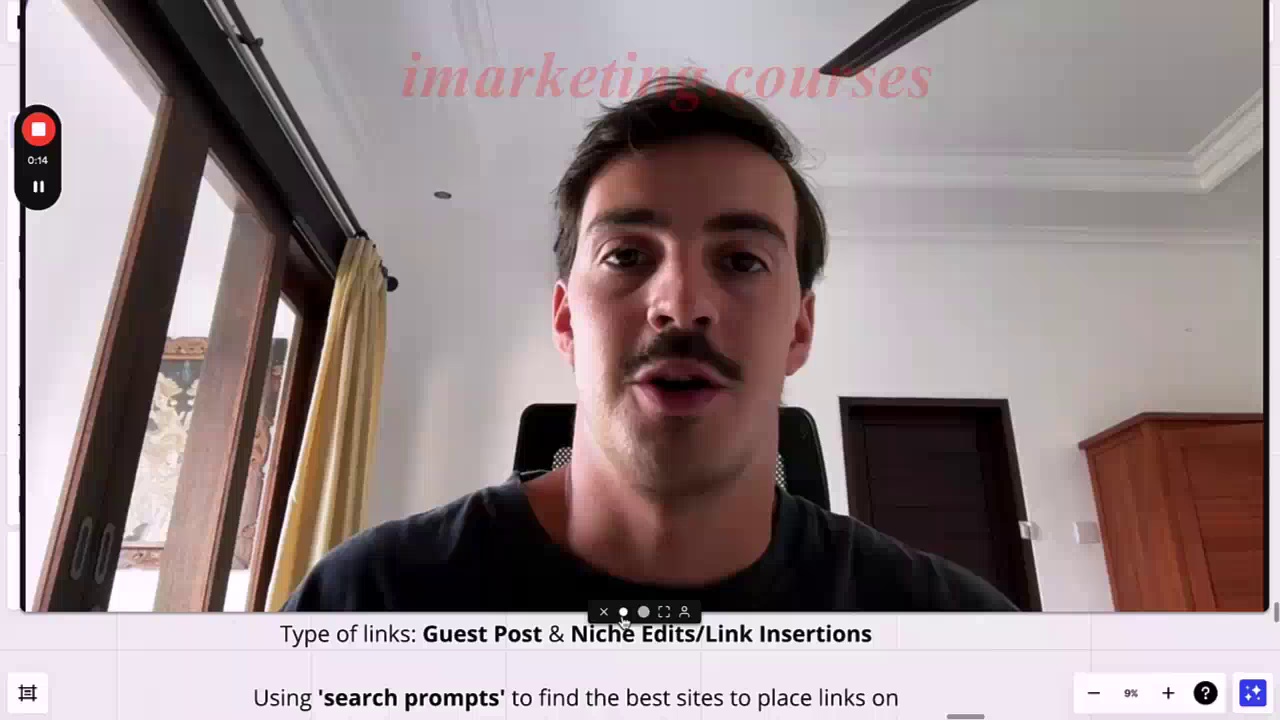
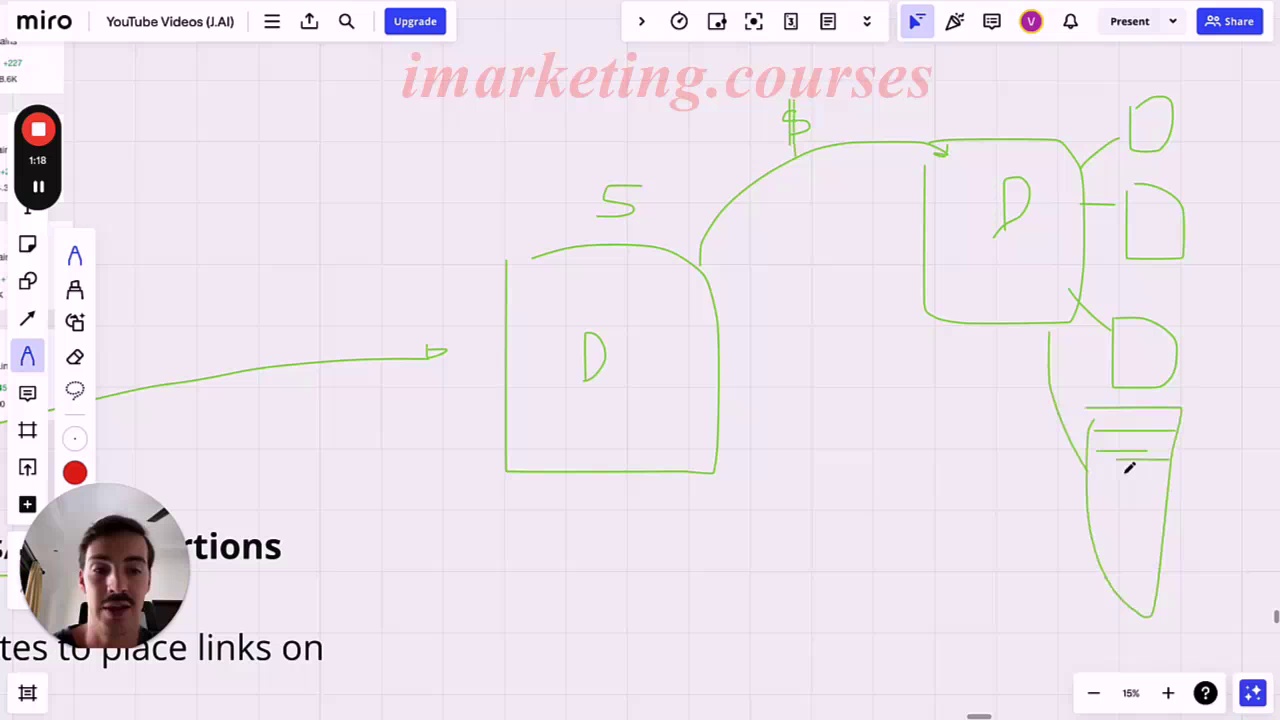
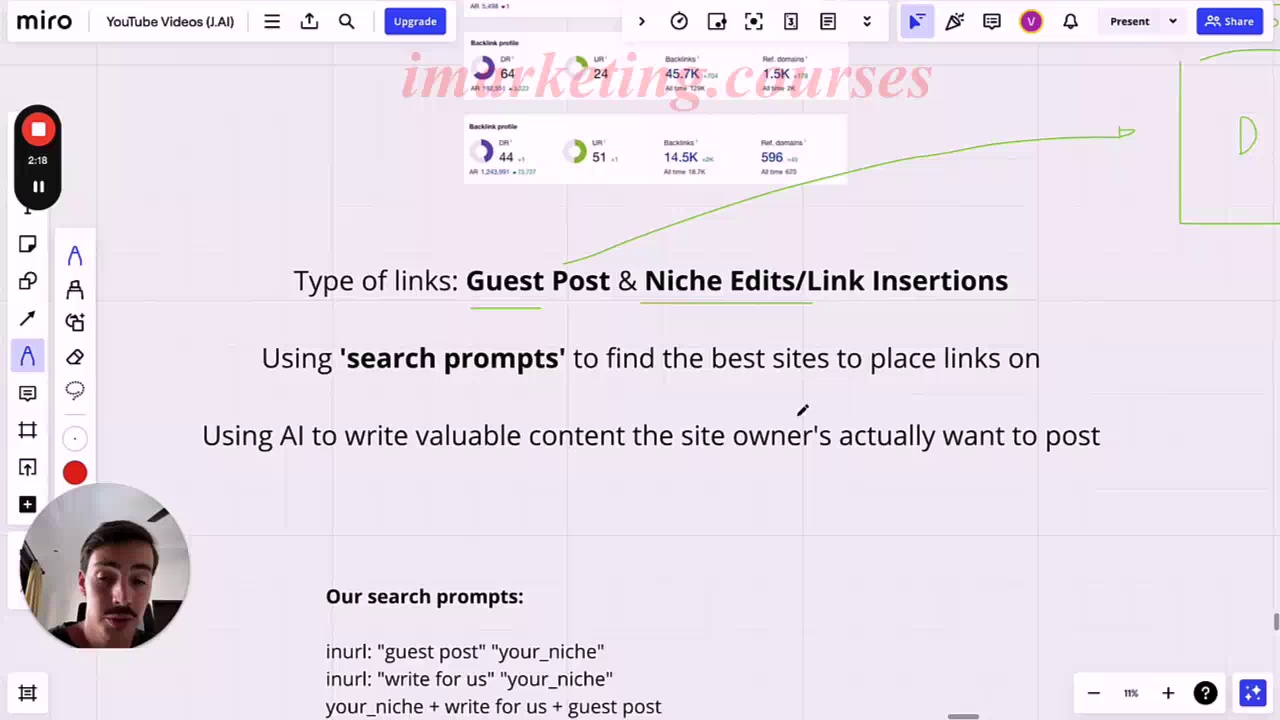
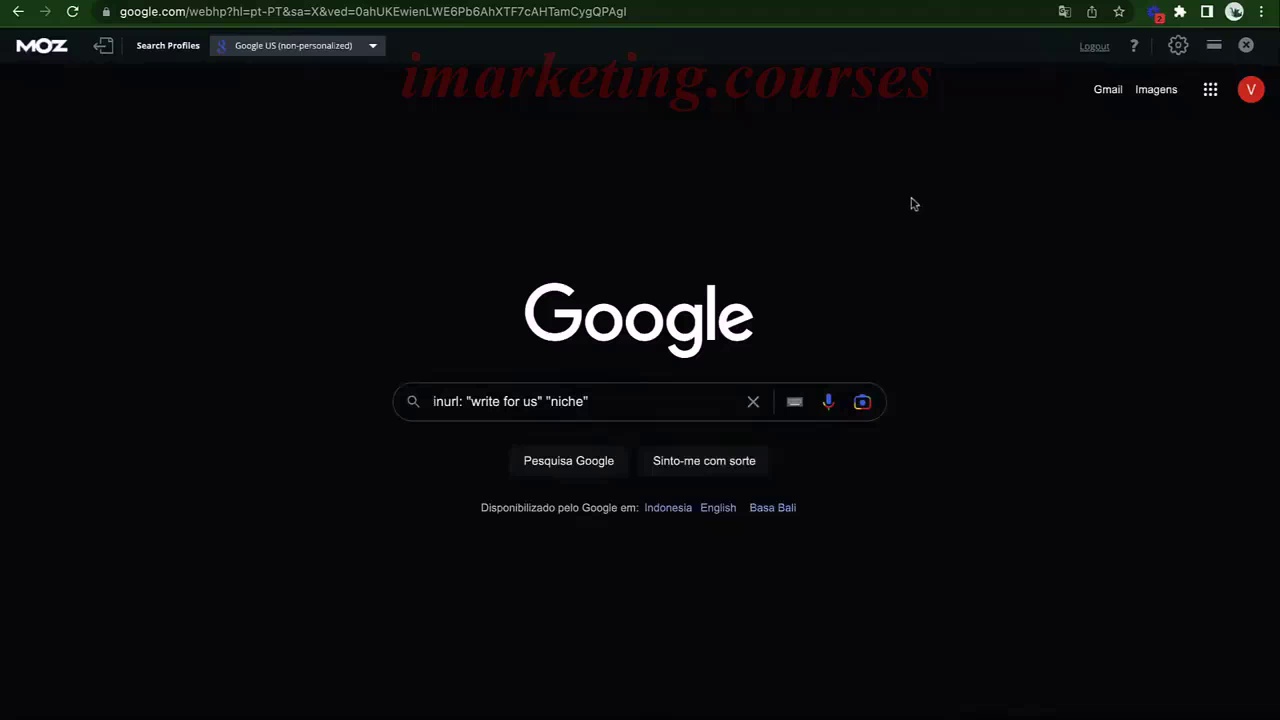
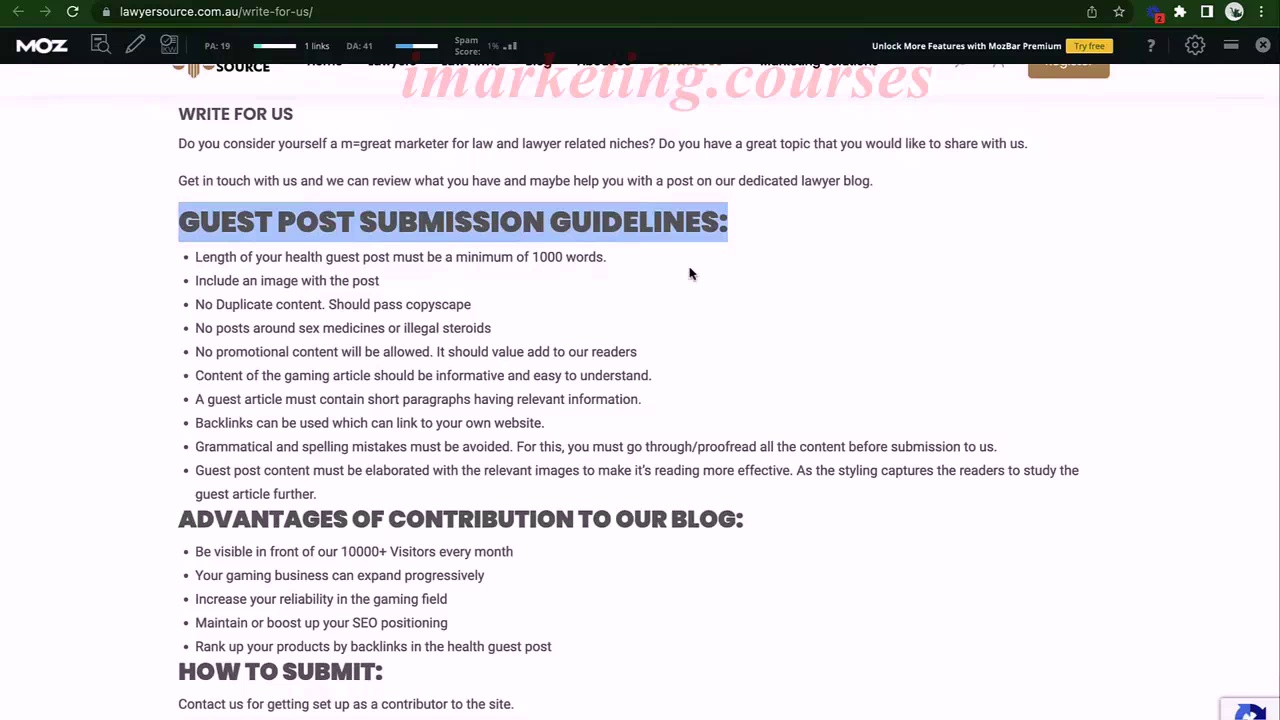
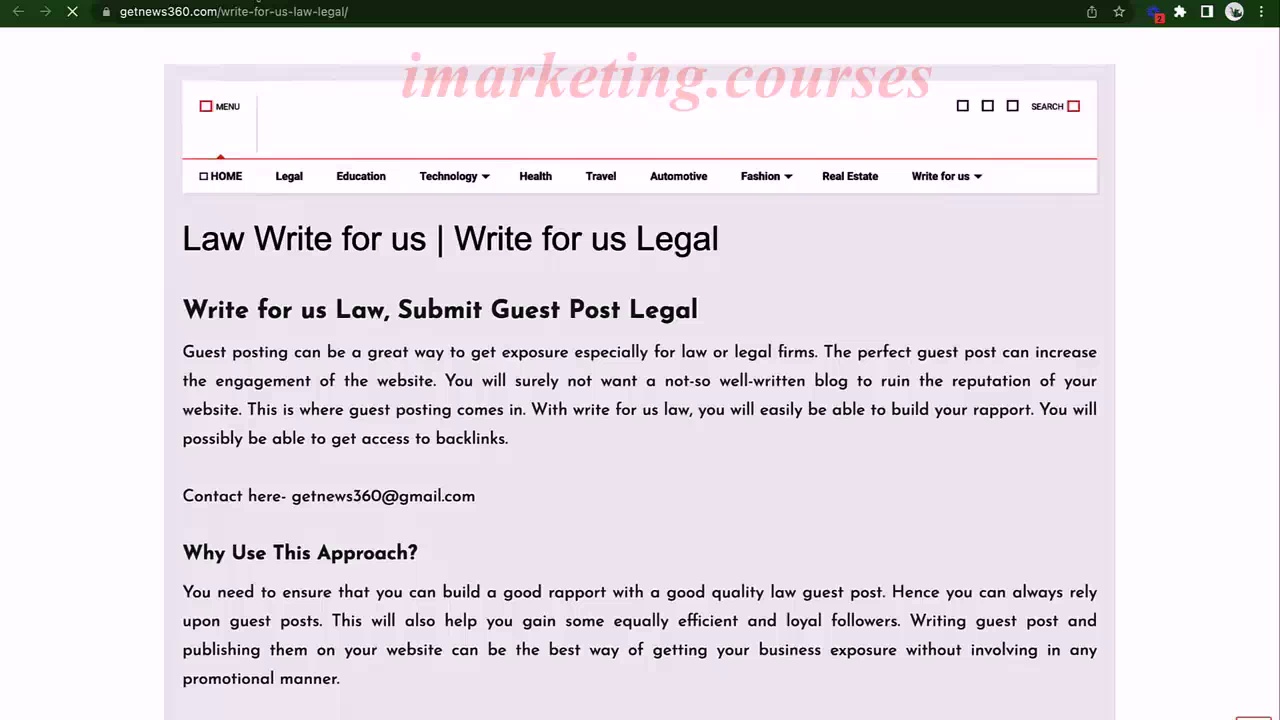
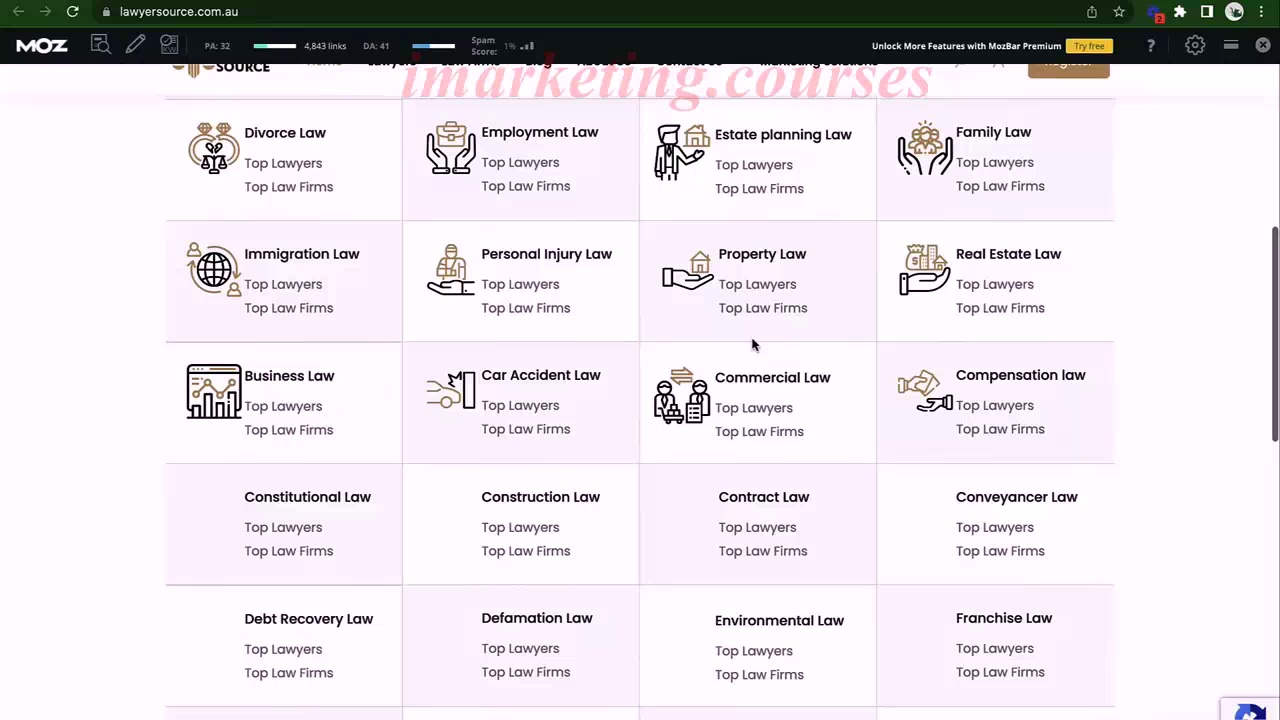
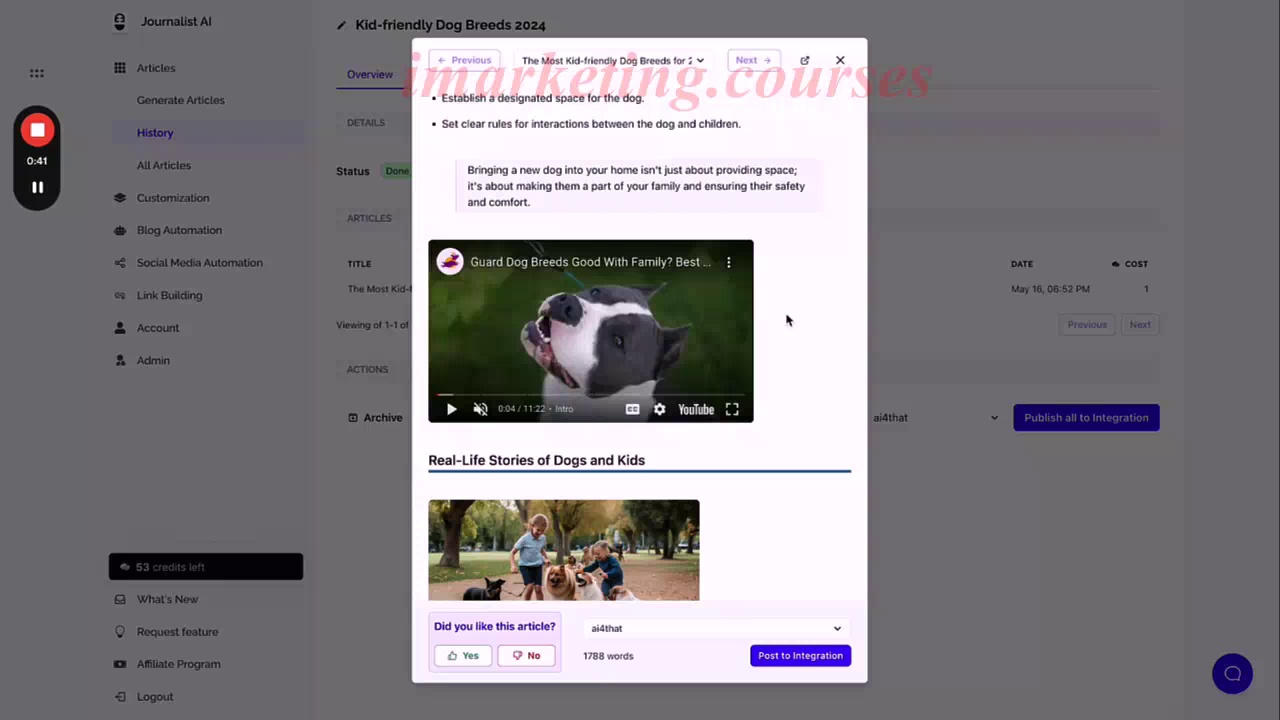
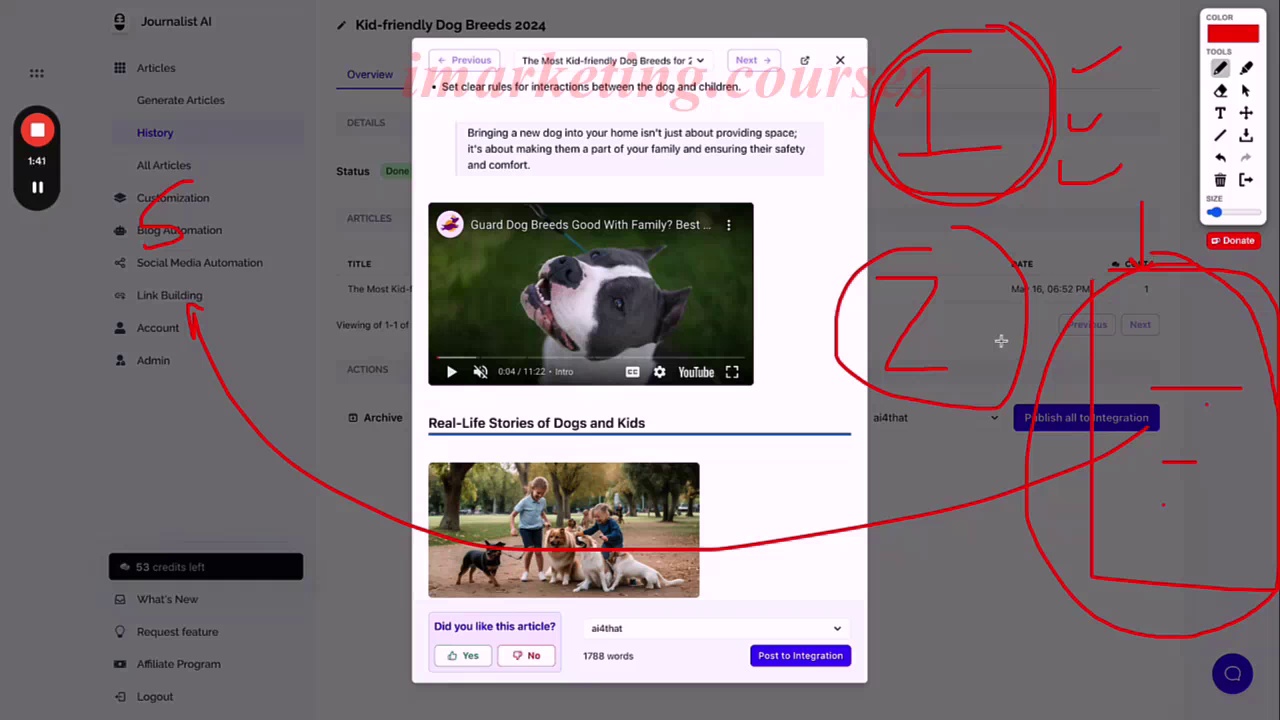
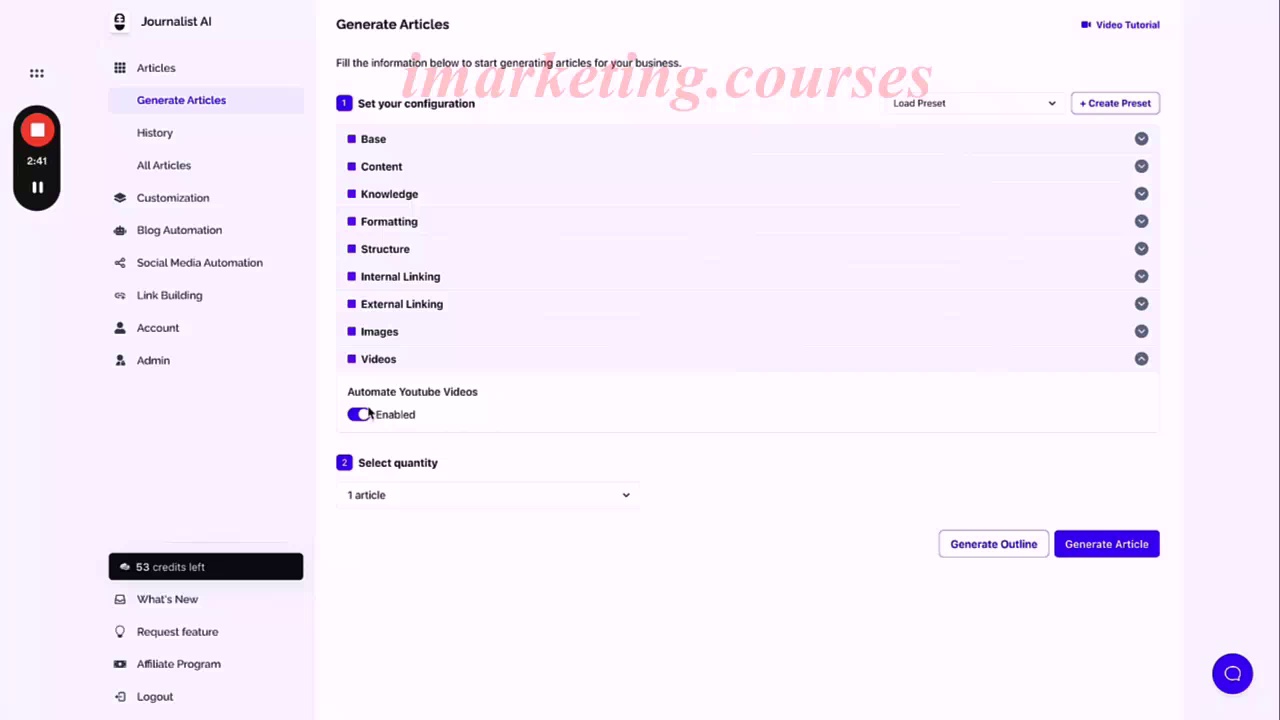
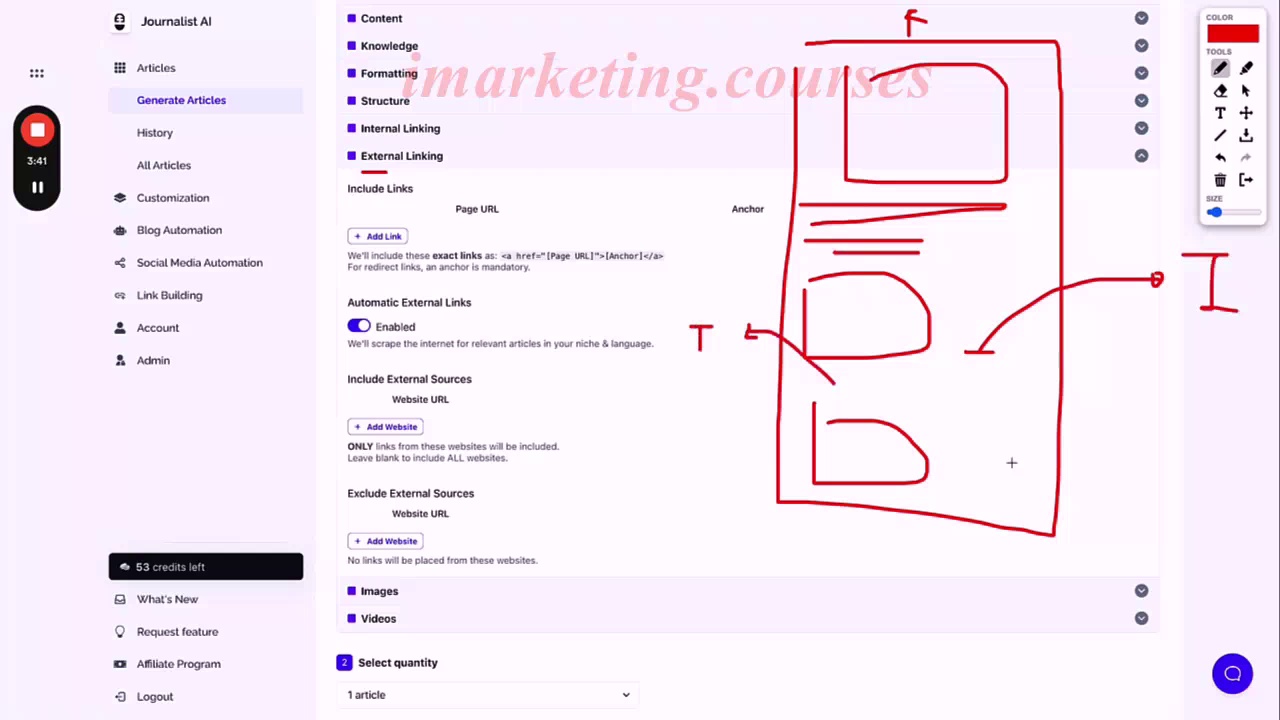
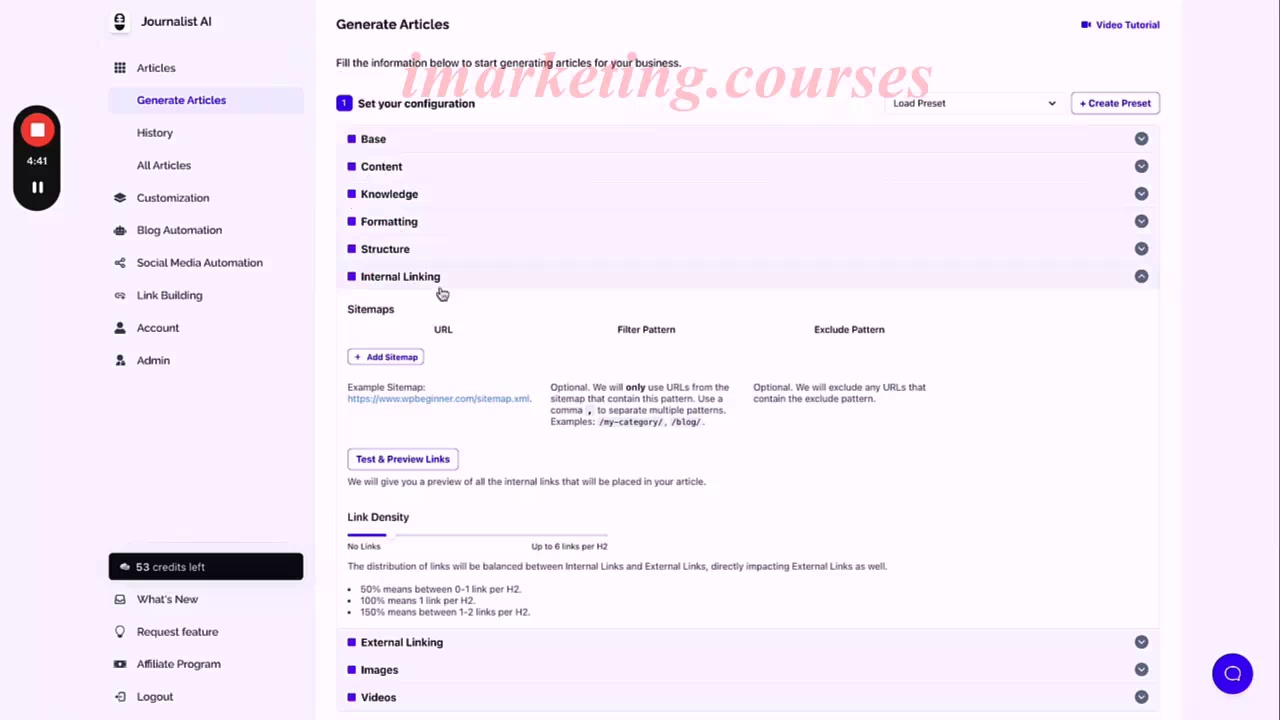
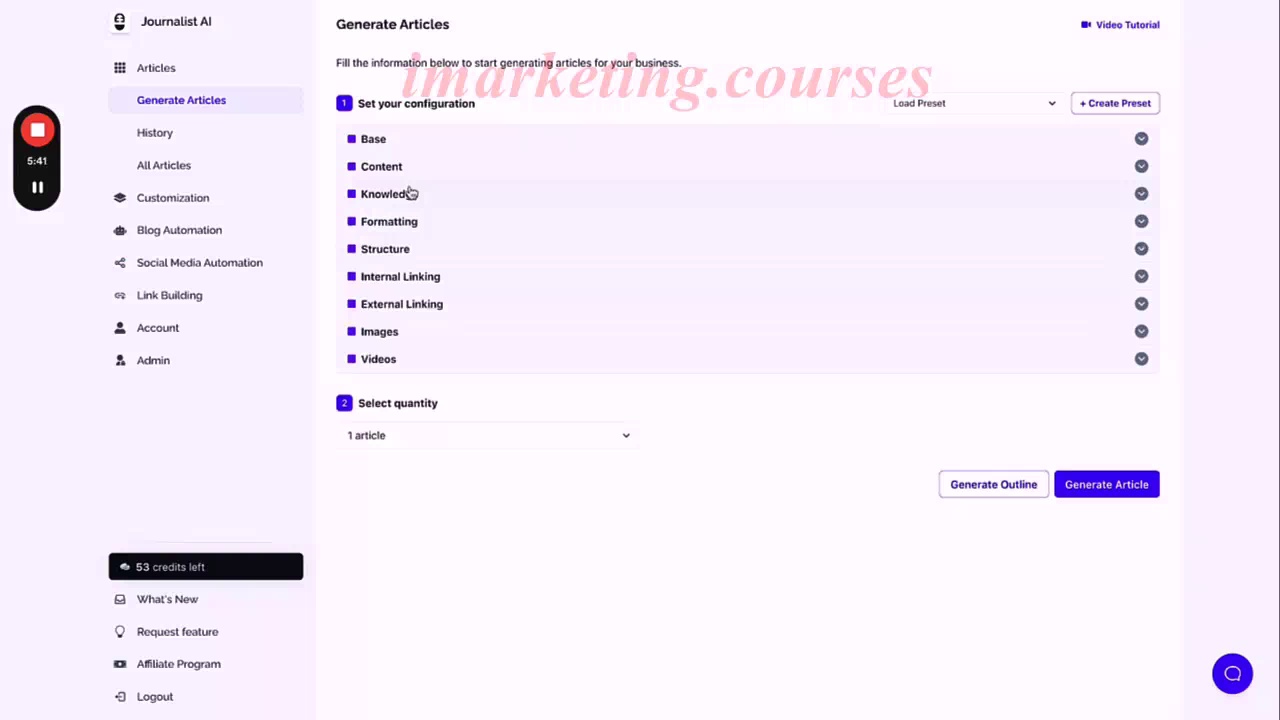
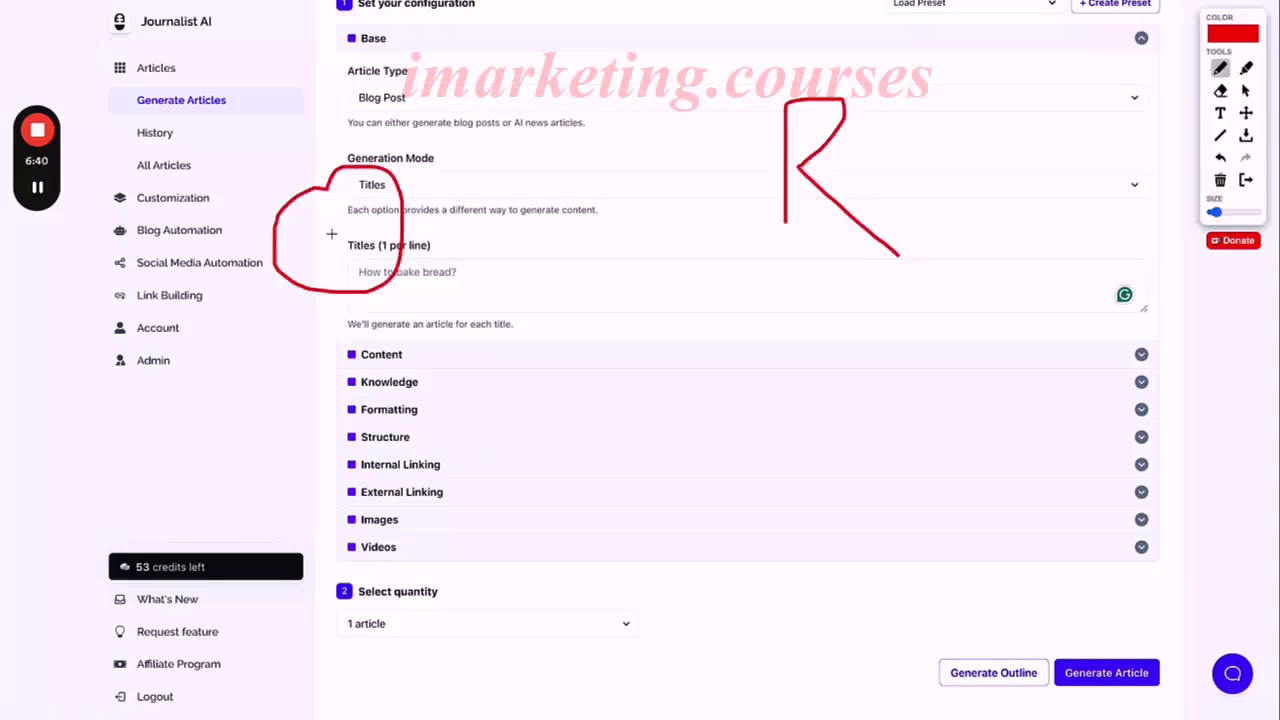
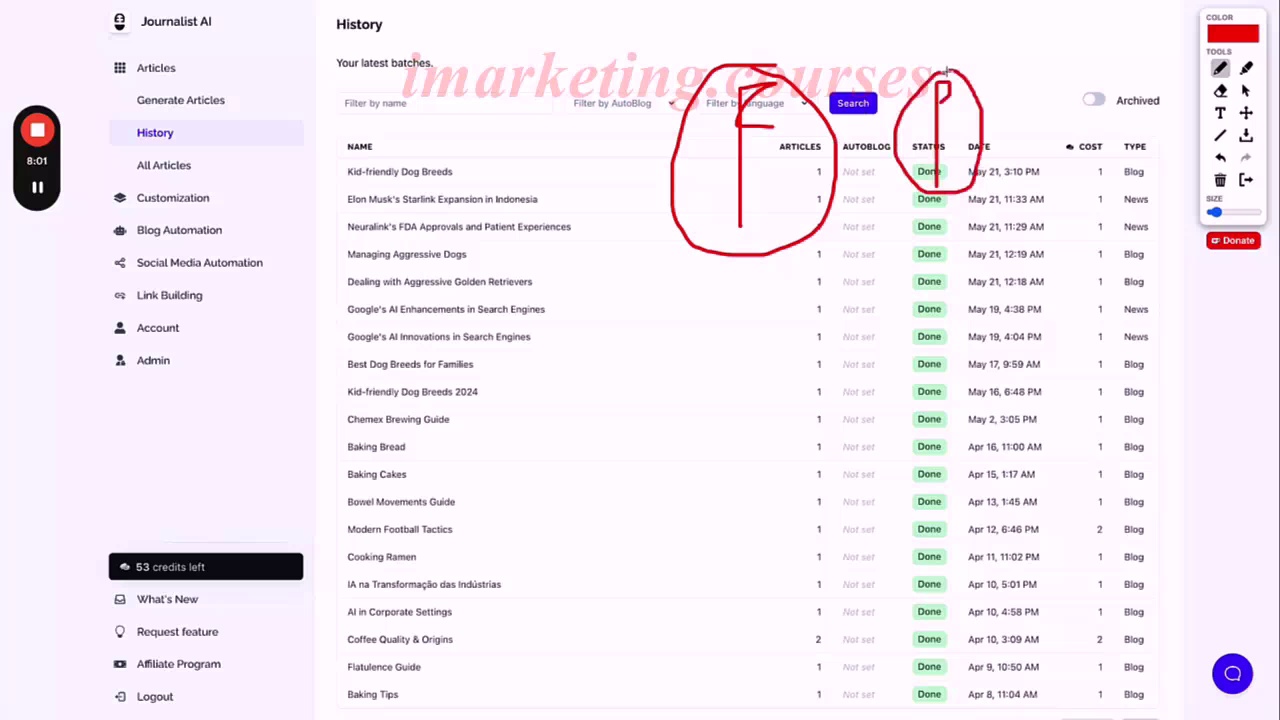
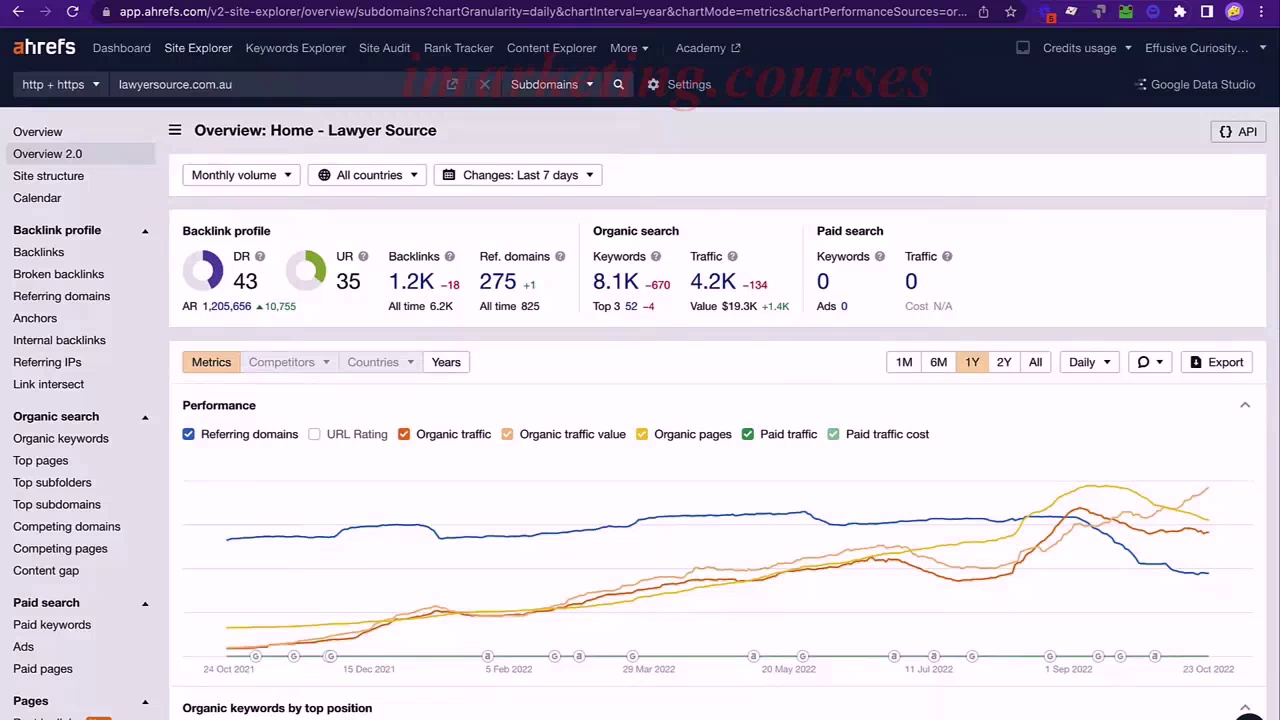
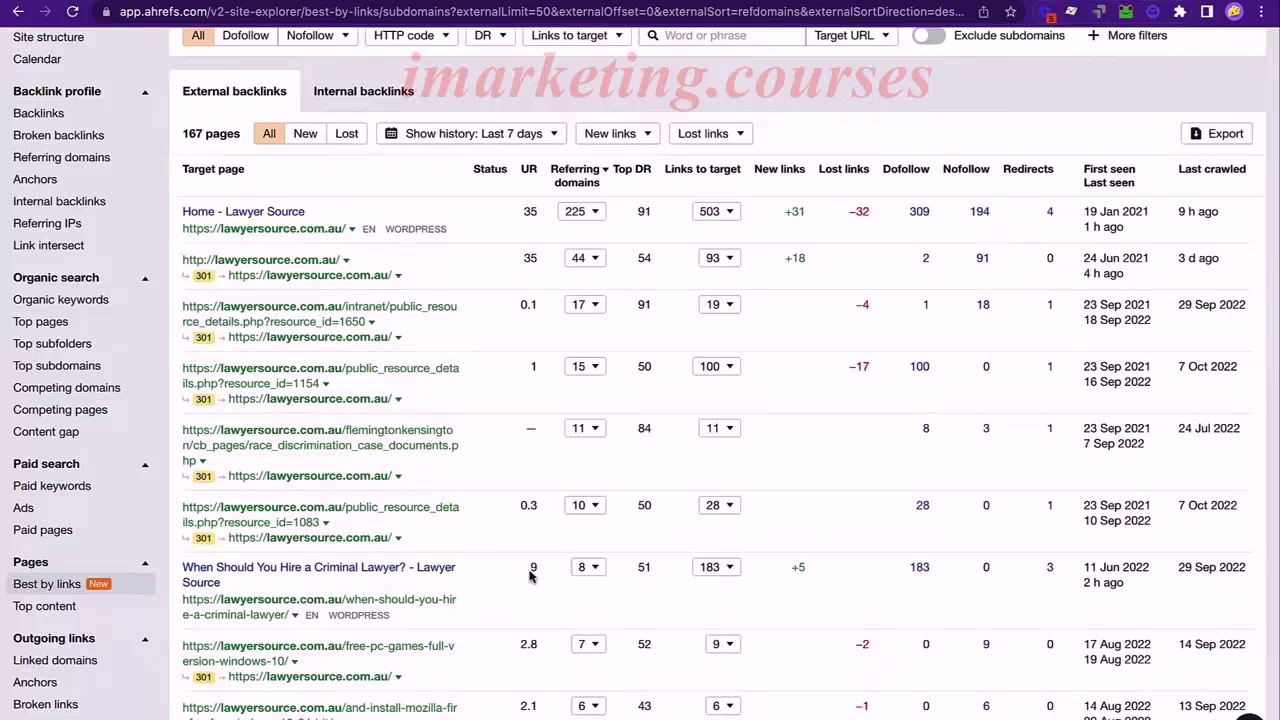
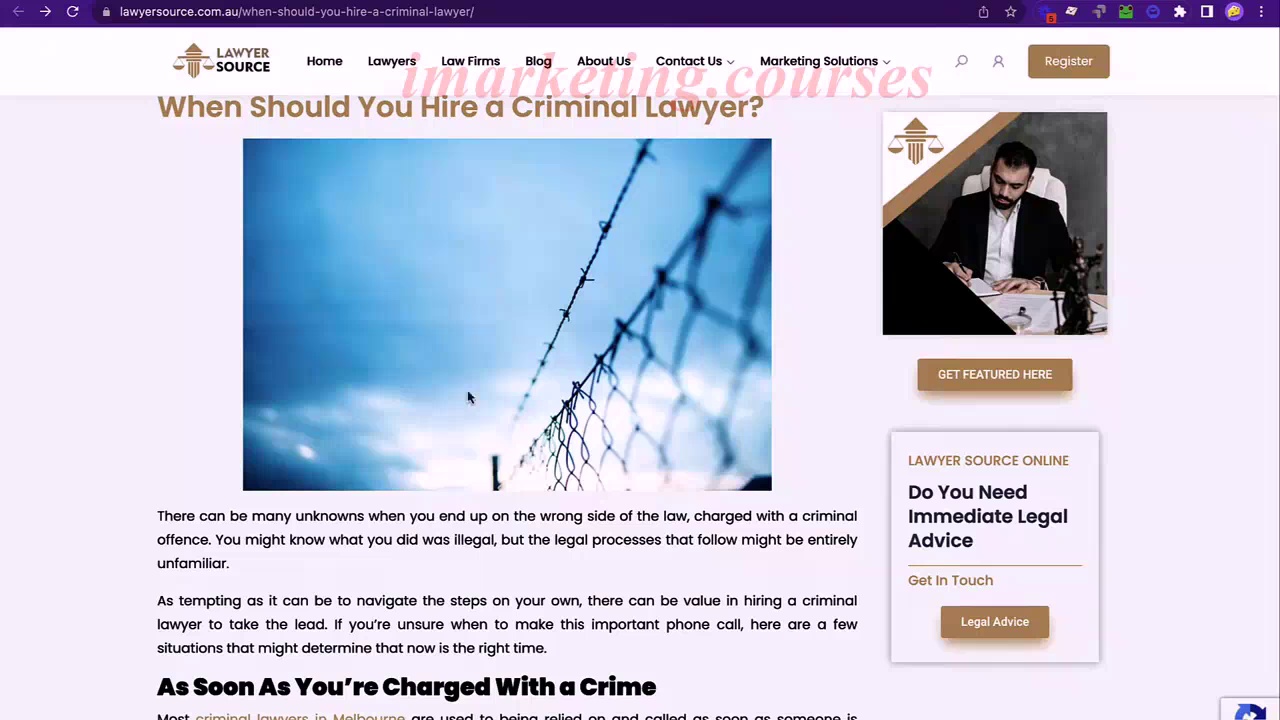
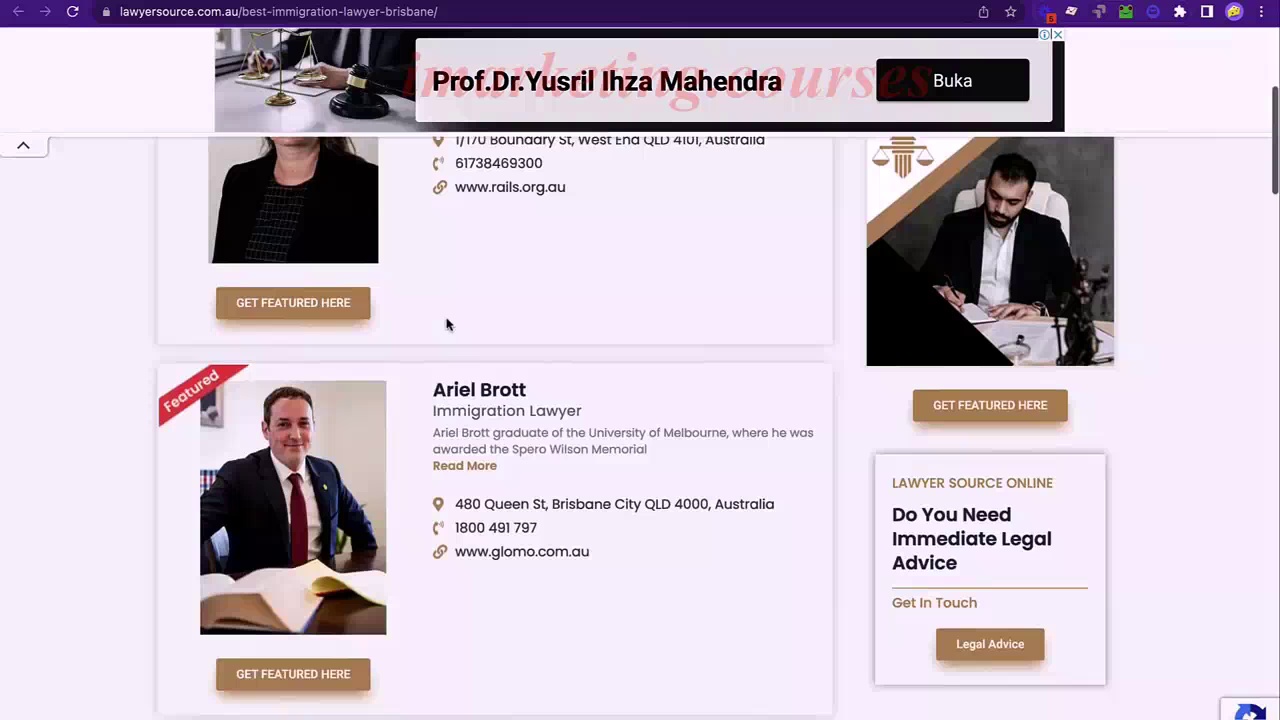
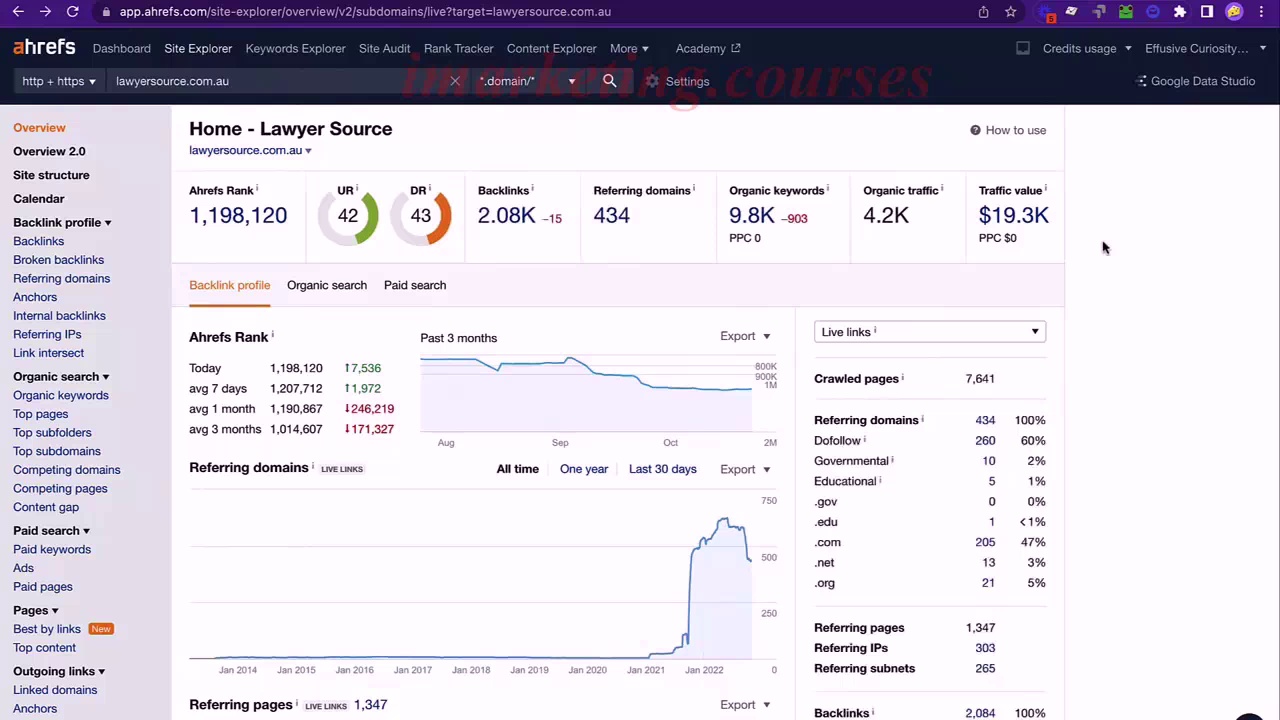
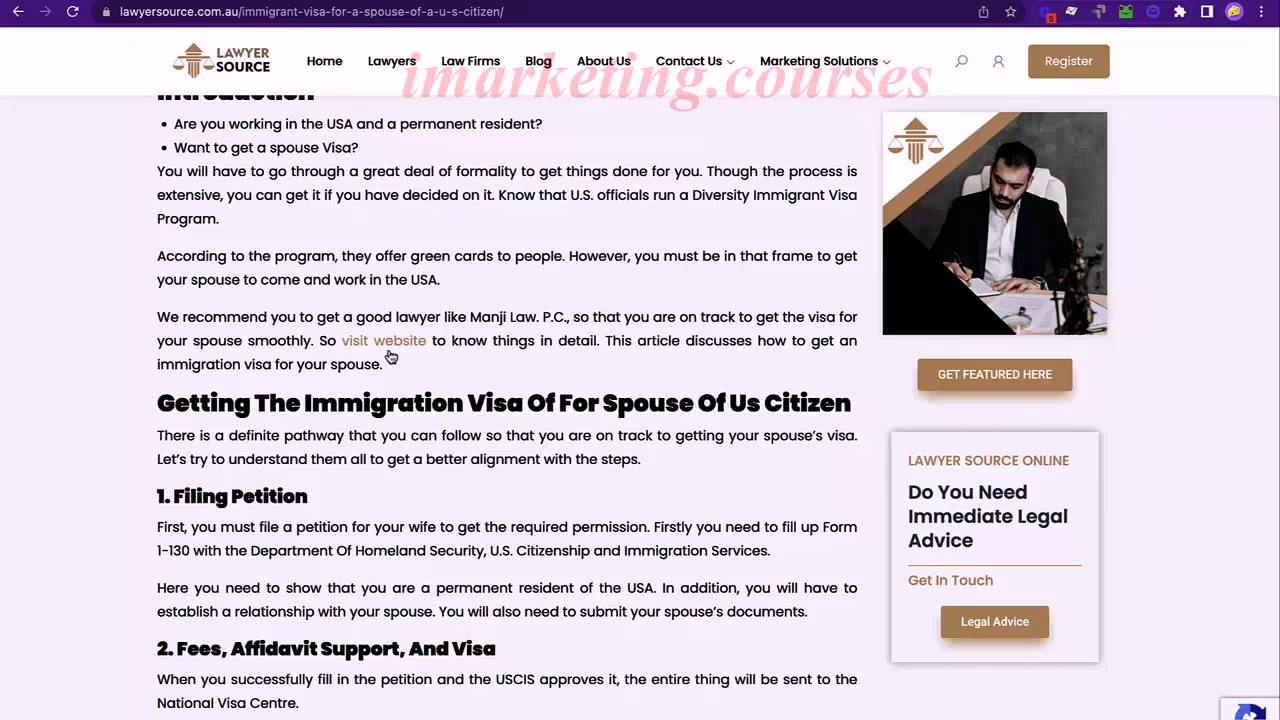
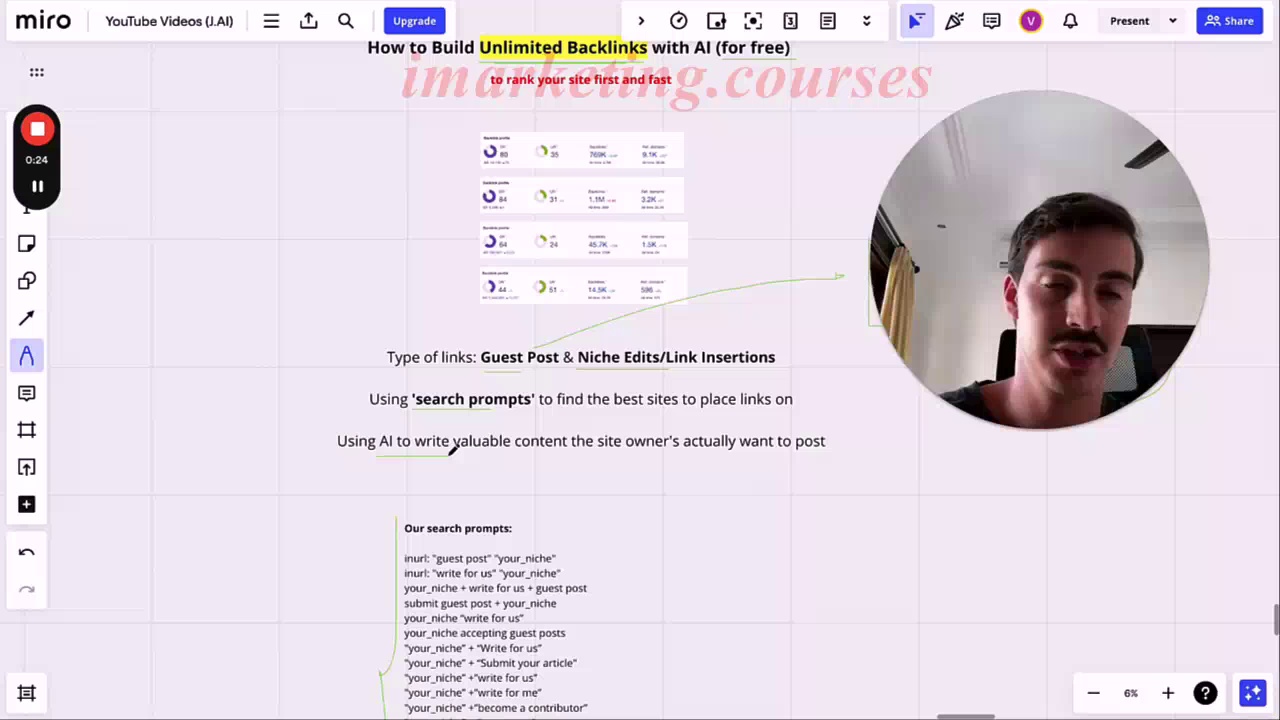
The narrator outlines two strategies for building backlinks: guest posts and niche edits (link insertions). In a guest post, you write new content for another site in exchange for a backlink. With a niche edit, you insert a link into an existing piece of content on another site.
To find sites accepting these types of posts, use search prompts like "guest posts [niche]" in Google. Look for niche sites with good metrics and traffic. Avoid generic sites farming paid posts.
To generate guest post content, use Journalist AI. For $0.80 per article, it can automatically create posts with images, videos, formatting, etc. Make the post high-quality and relevant.
A paid alternative is Ahrefs ($100+/month). It shows pages on sites sorted by links or traffic, so you can identify good pages to place guest posts. It also reveals broken links you can volunteer to fix with your own site link.
Overall, build both guest posts and niche edits. Use AI to automate writing. Manual outreach takes time, so consider hiring a VA. Journalist AI has a special discount for people who watched the full video.
.12-Vasco-Saas-Marketing Free 16-20 - Part 4
















































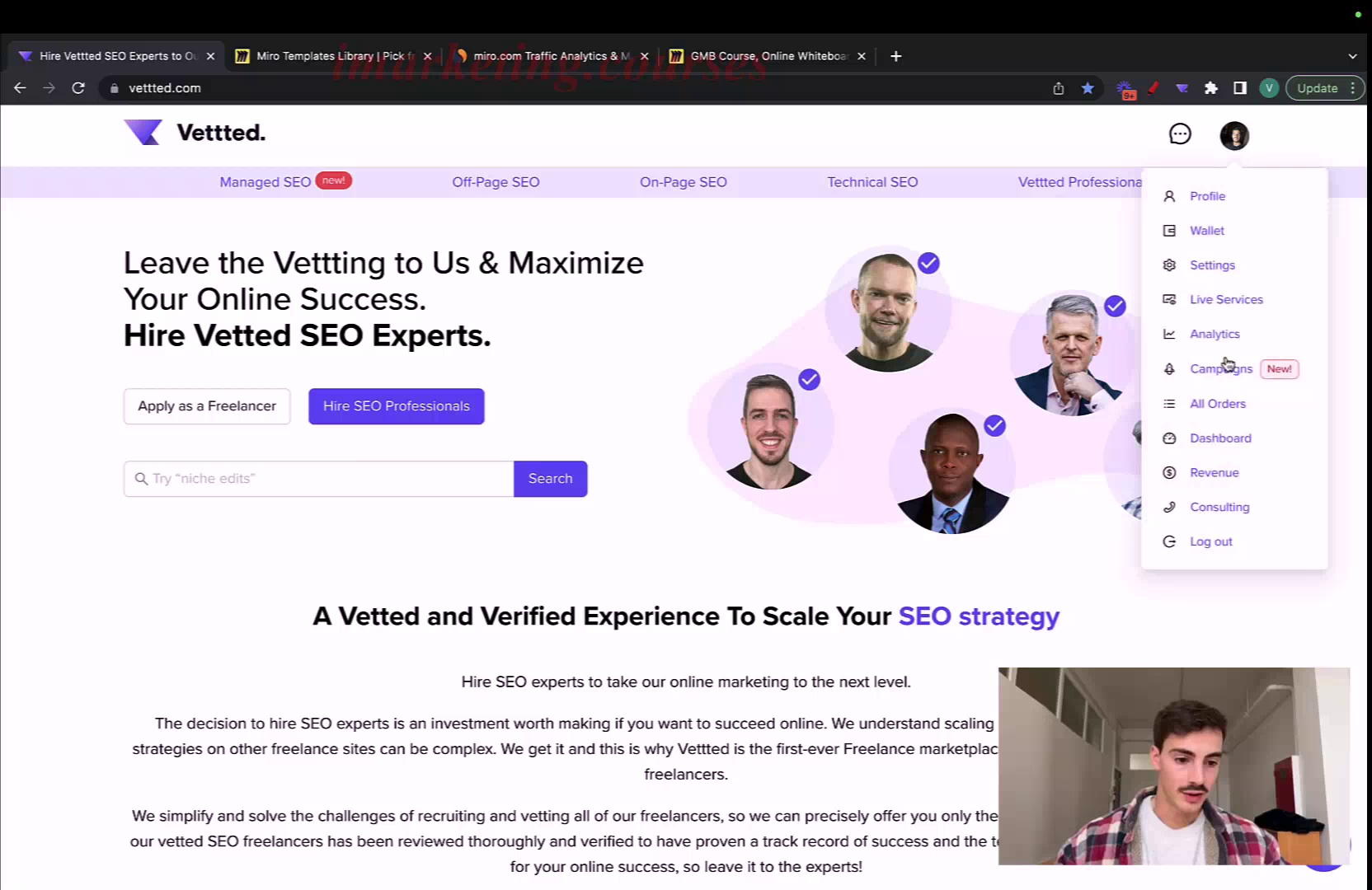
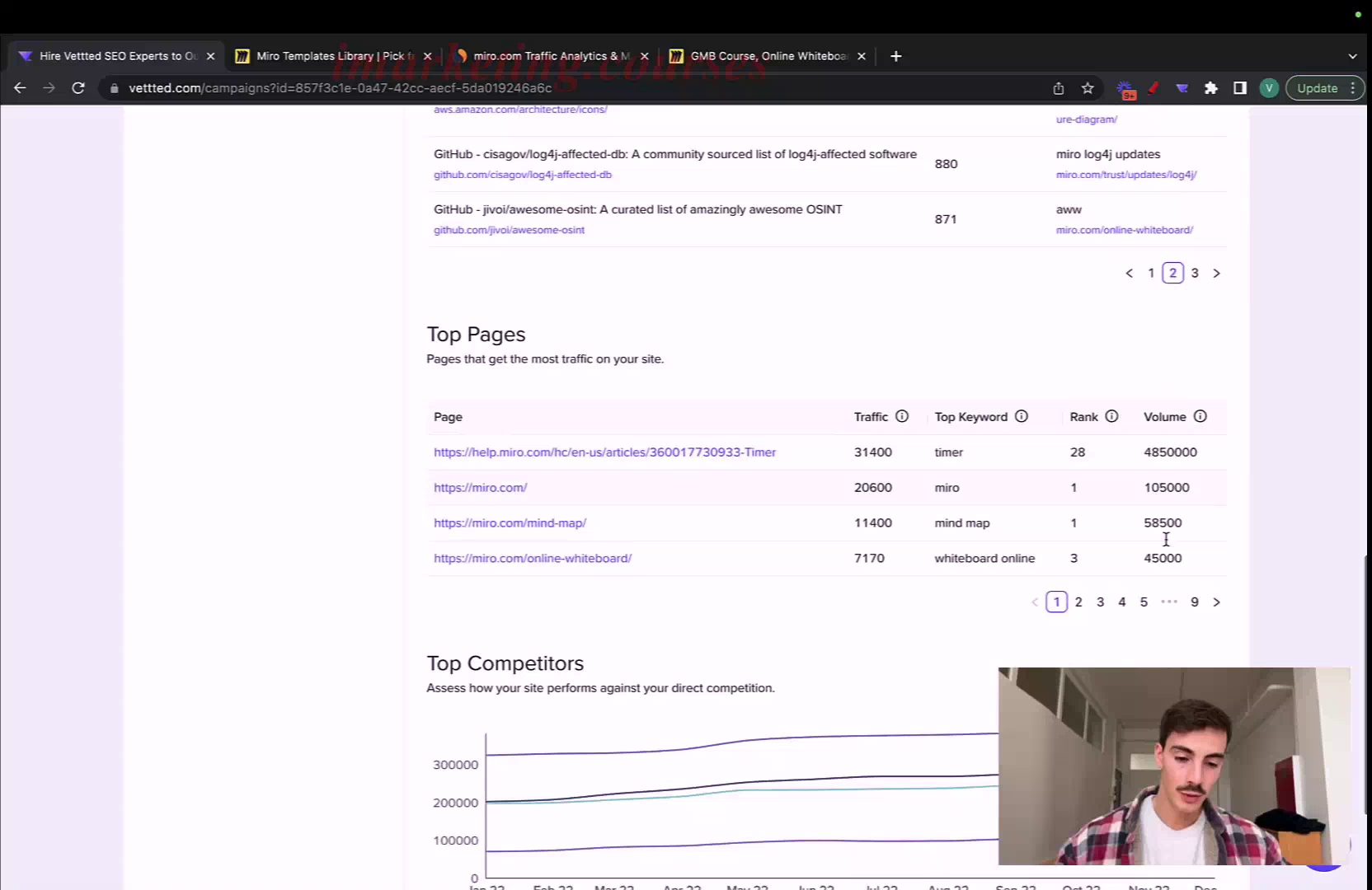
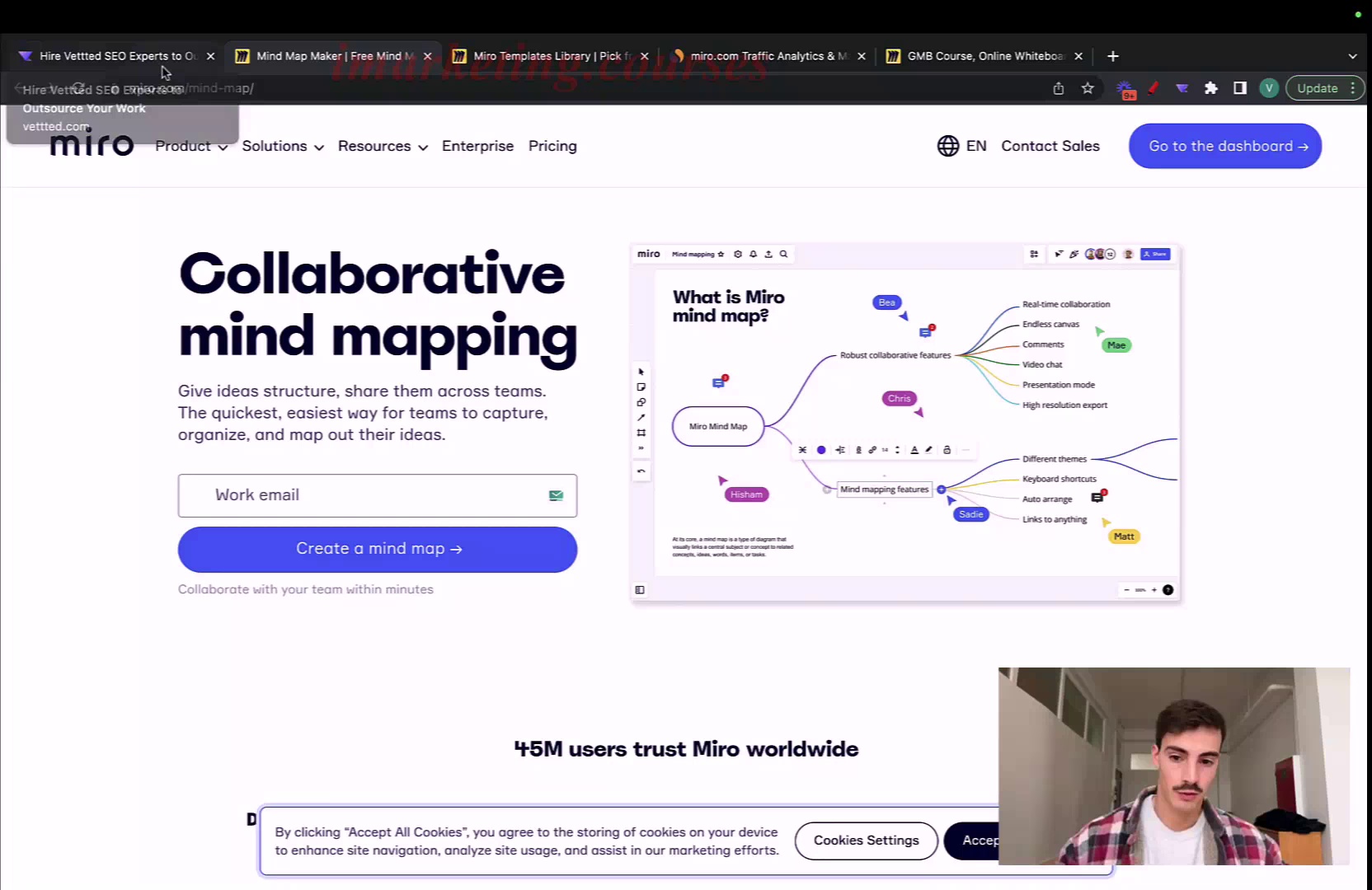
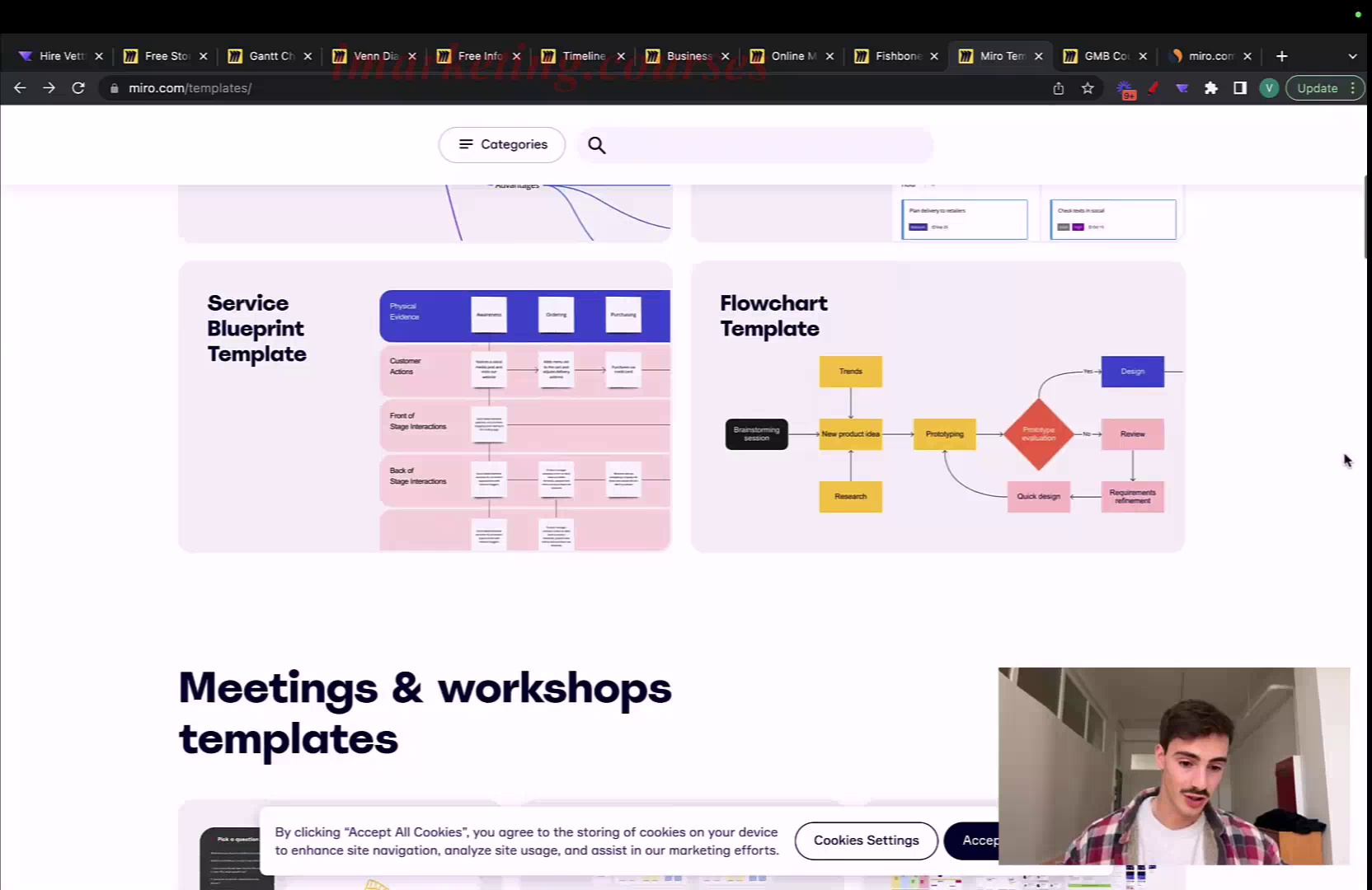
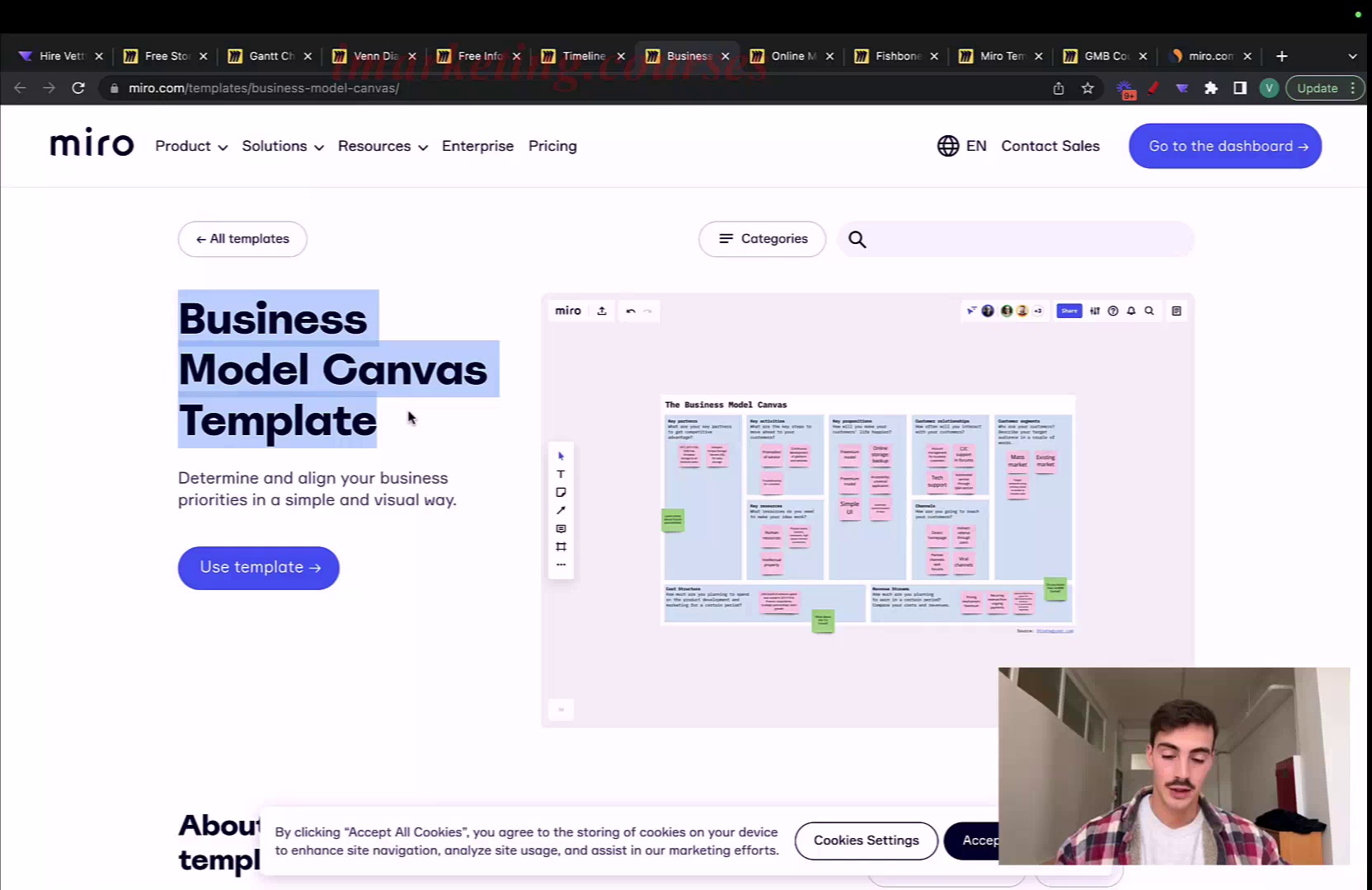
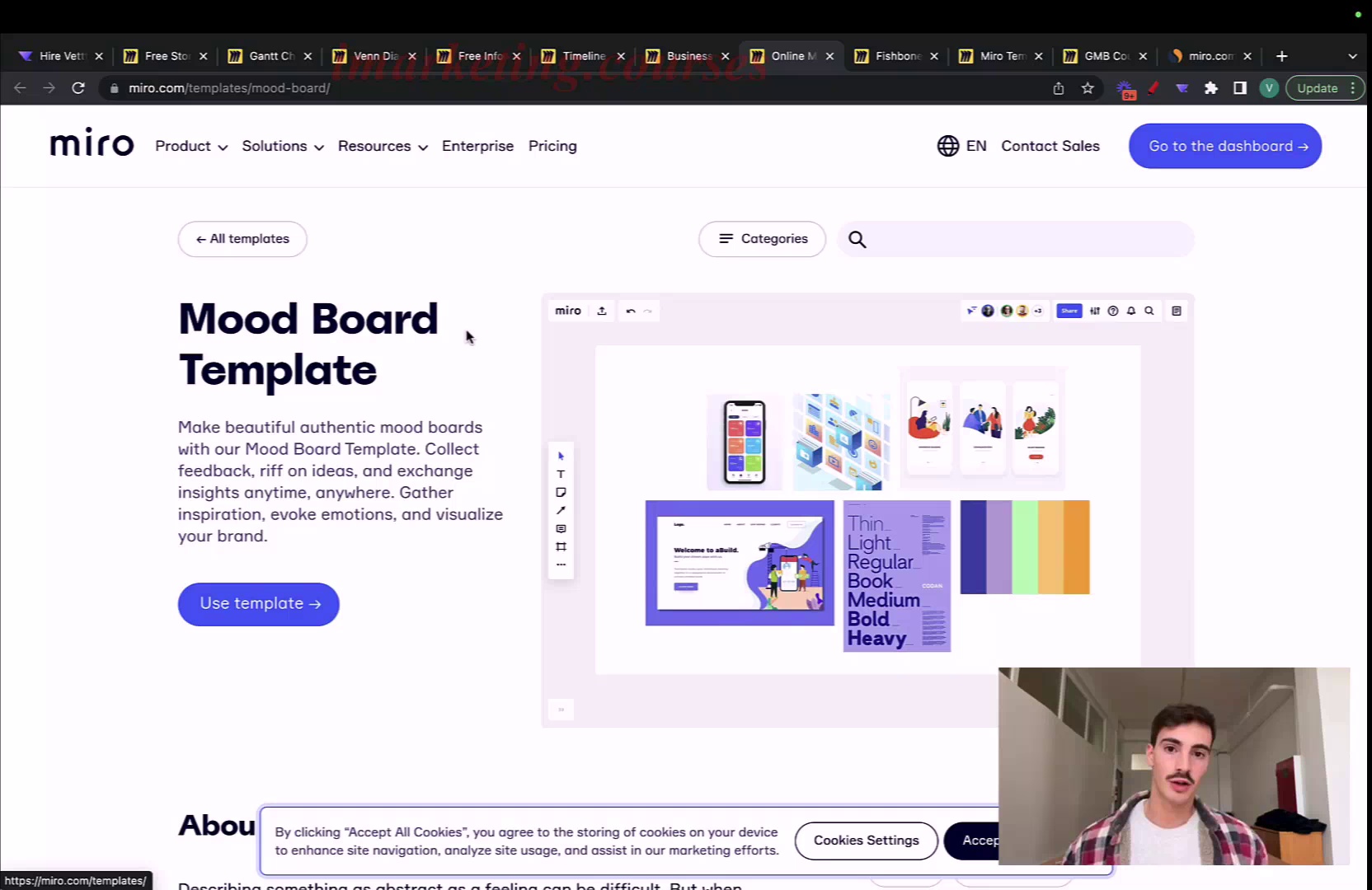
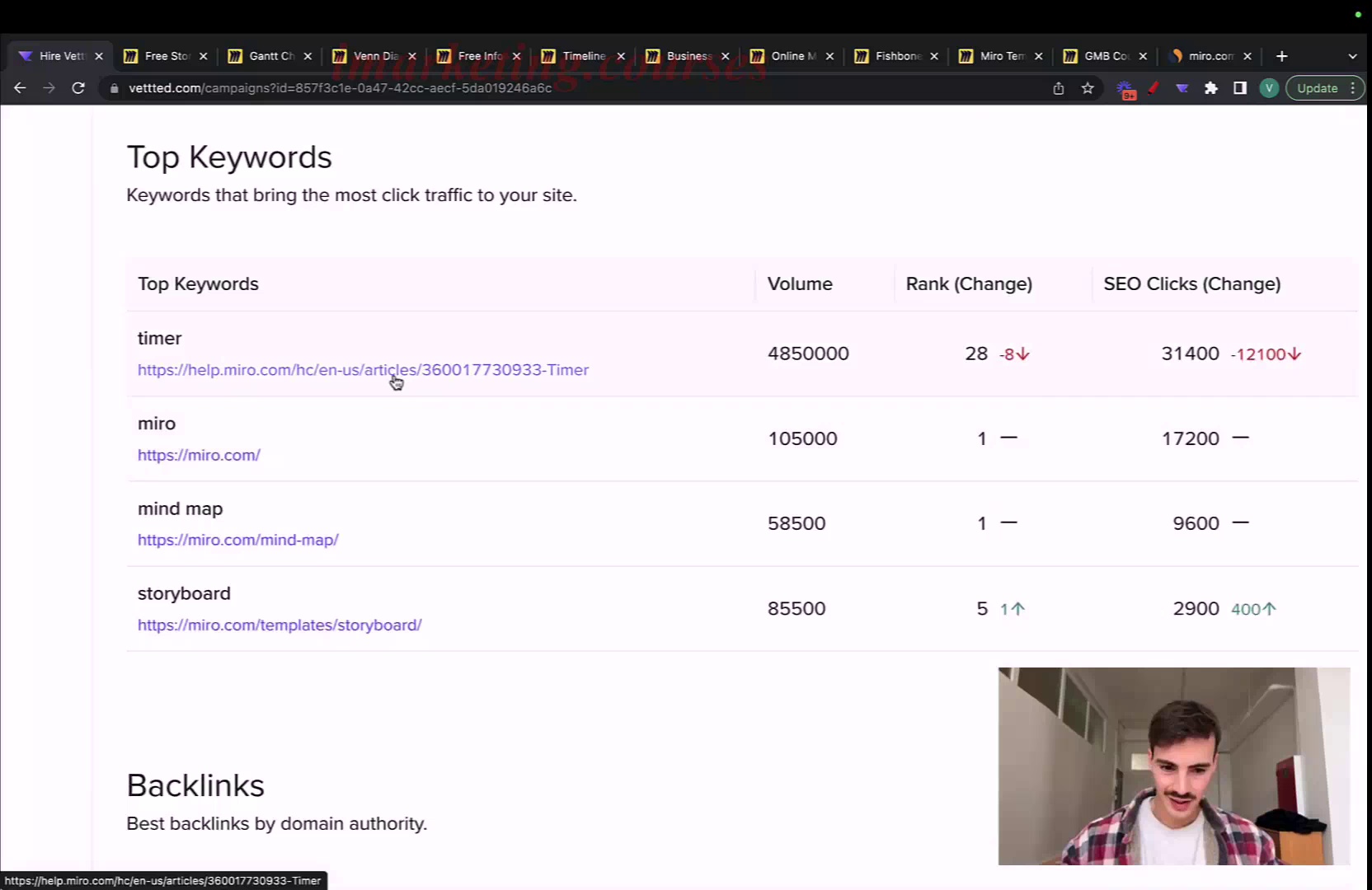
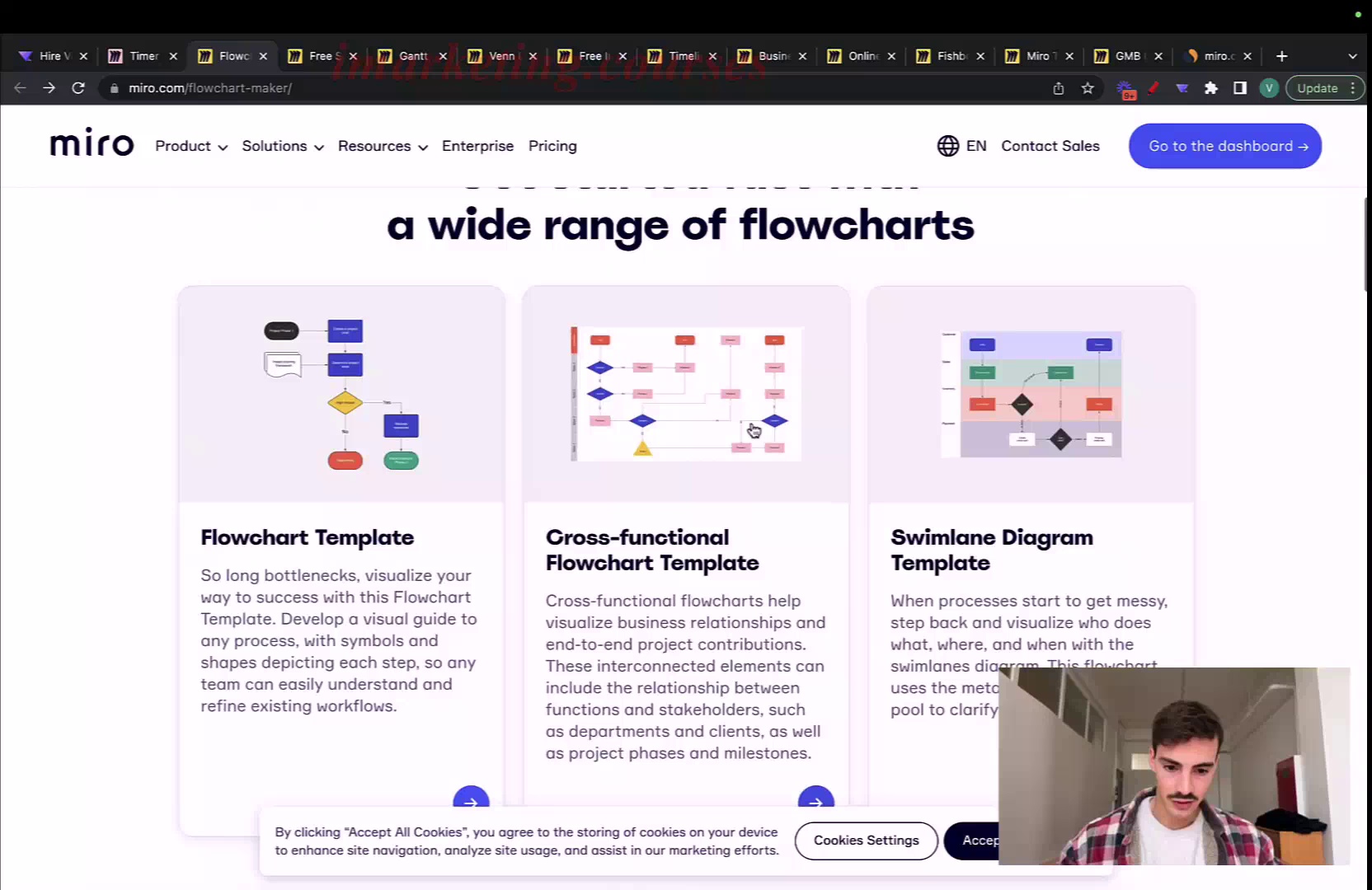
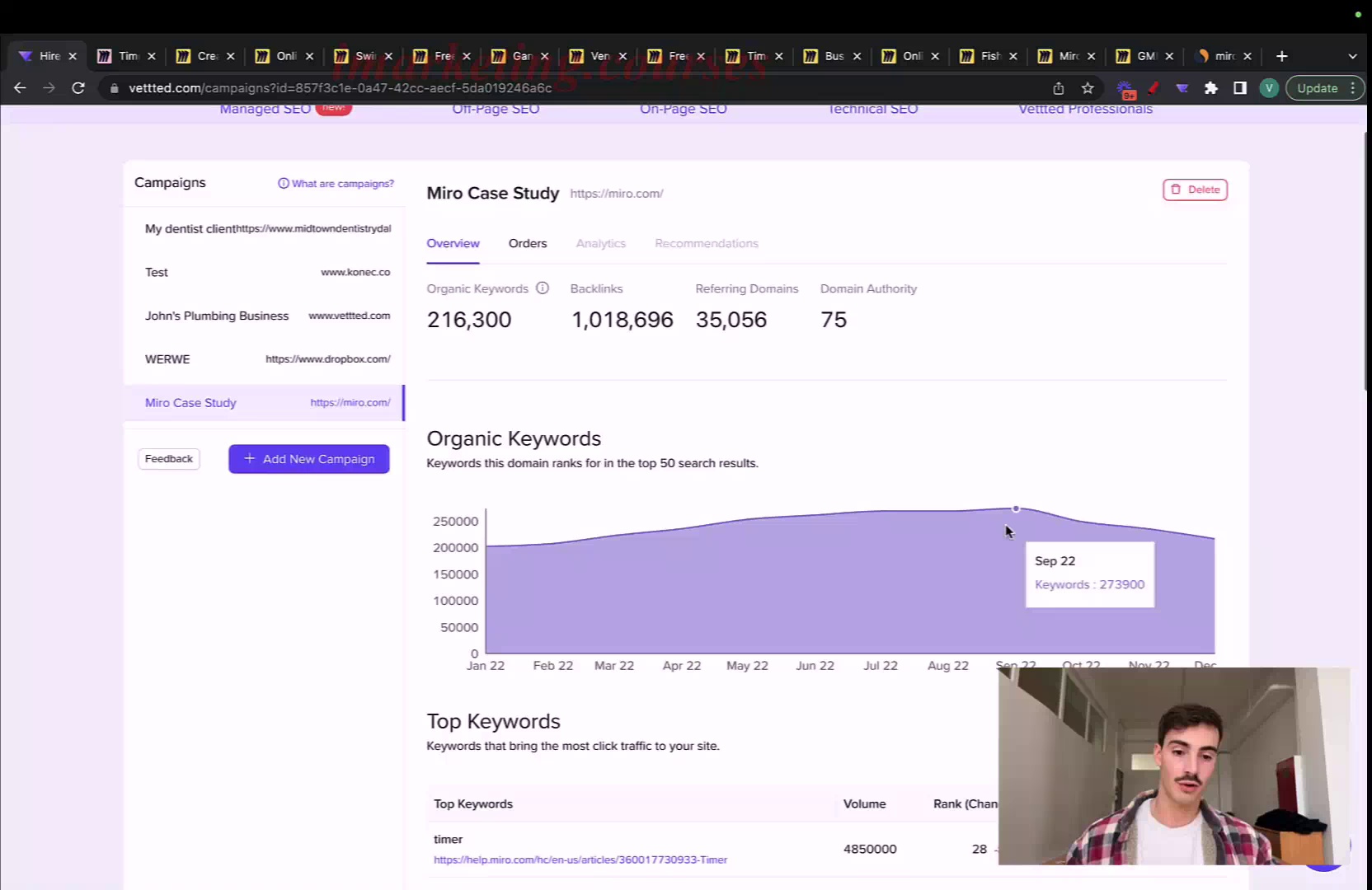
Miro is a collaborative whiteboard platform that allows teams to create dashboards, presentations, and more. The narrator shares an interesting finding regarding Miro's SEO strategy using a tool called Vetter.
Specifically, Miro is ranking well for a variety of "templates" keywords by creating dedicated template pages such as business model canvas templates, timeline templates, etc. These forward slash templates pages drive a lot of organic traffic.
The narrator explains that this strategy makes sense because Miro's product is an online whiteboard, so creating templates for all the different things people might want to visualize on a whiteboard, like flowcharts and mind maps, helps attract users. Miro is targeting long-tail buyer intent keywords.
In the end, the narrator found Miro's template pages strategy for organic search interesting and smart. He shares it as a case study for others to potentially learn from and try out the free Vetter tool..
12-Vasco-Saas-Marketing Free 16-20 - Part 5

























































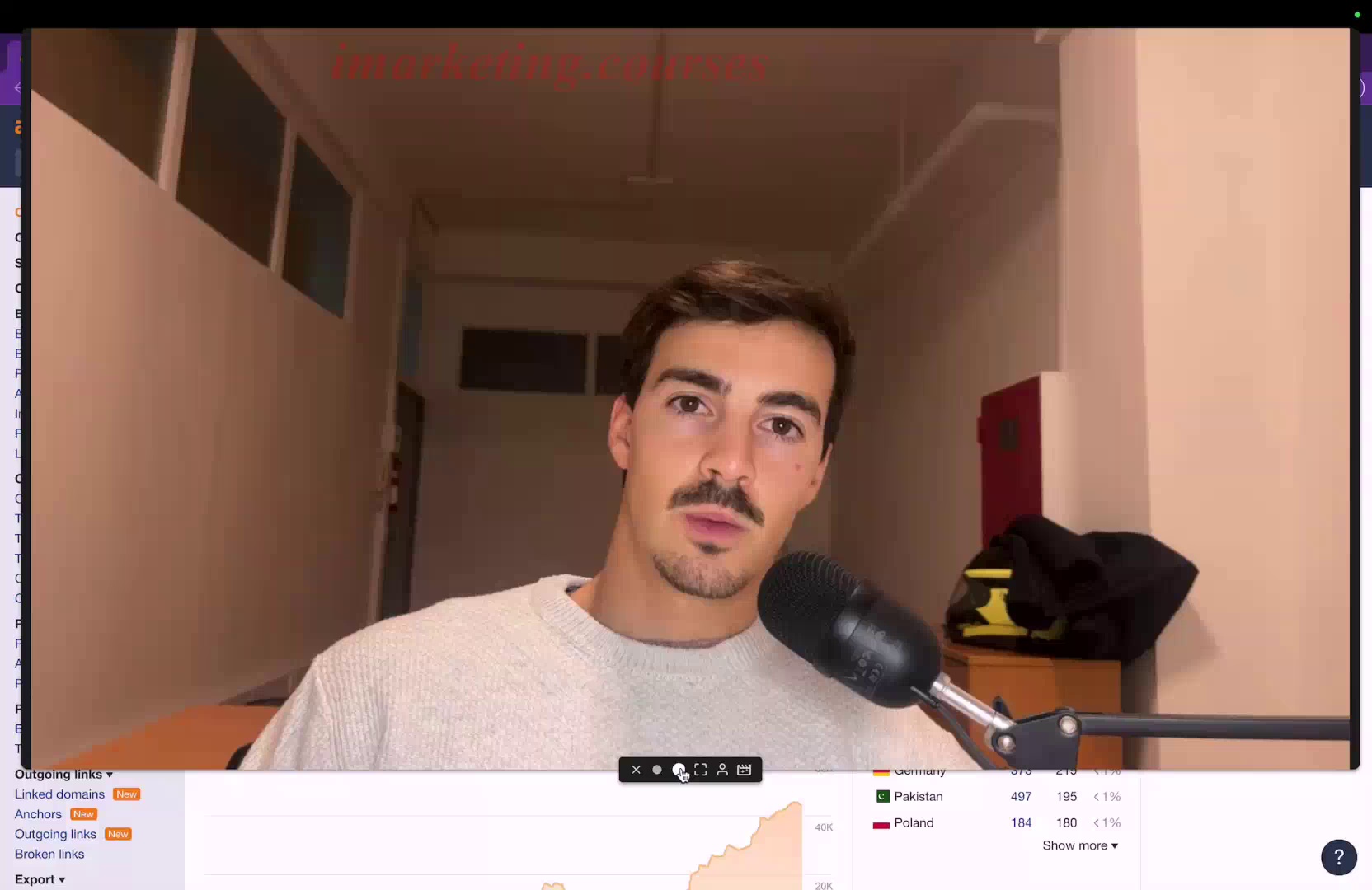
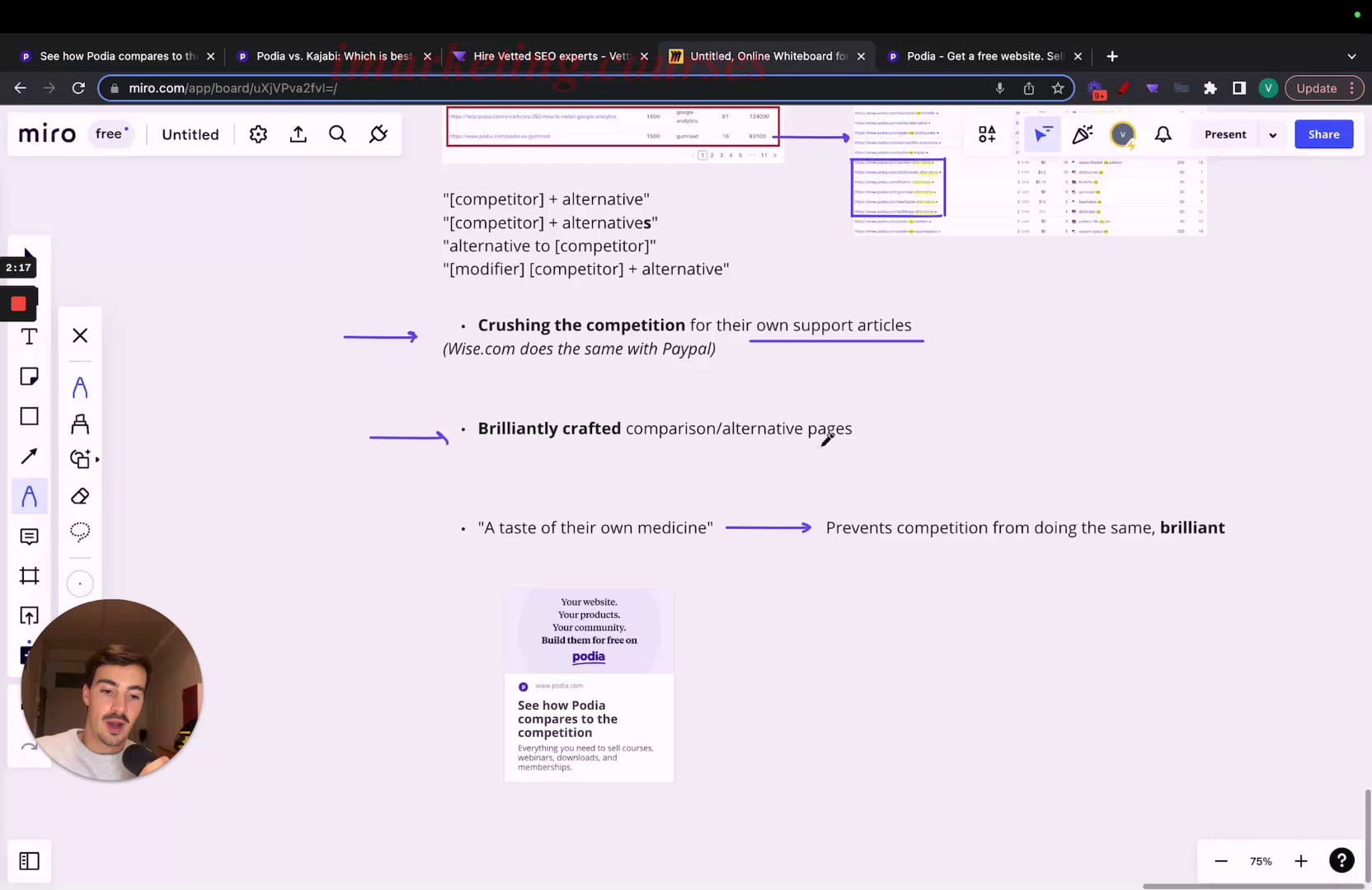
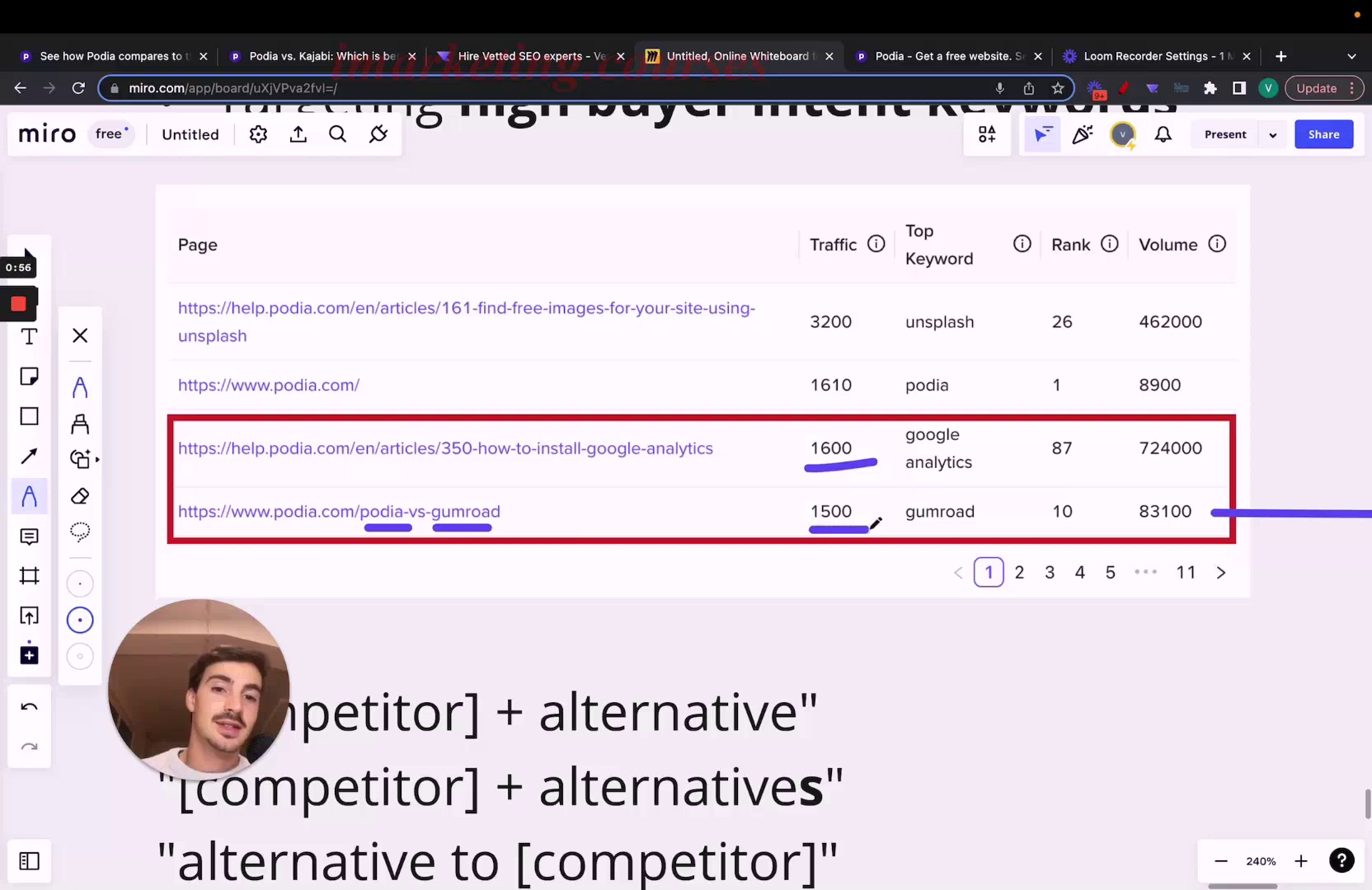
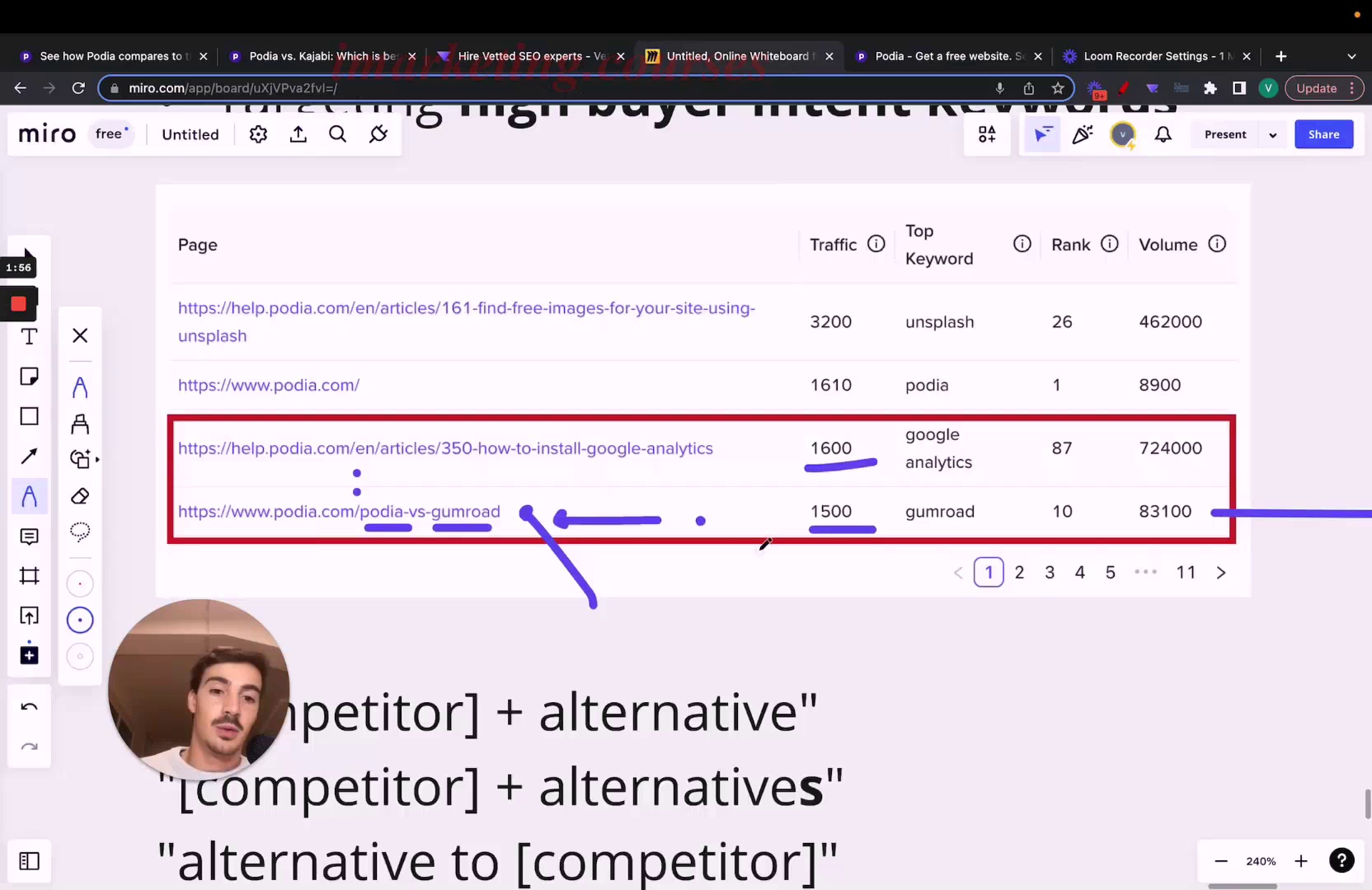
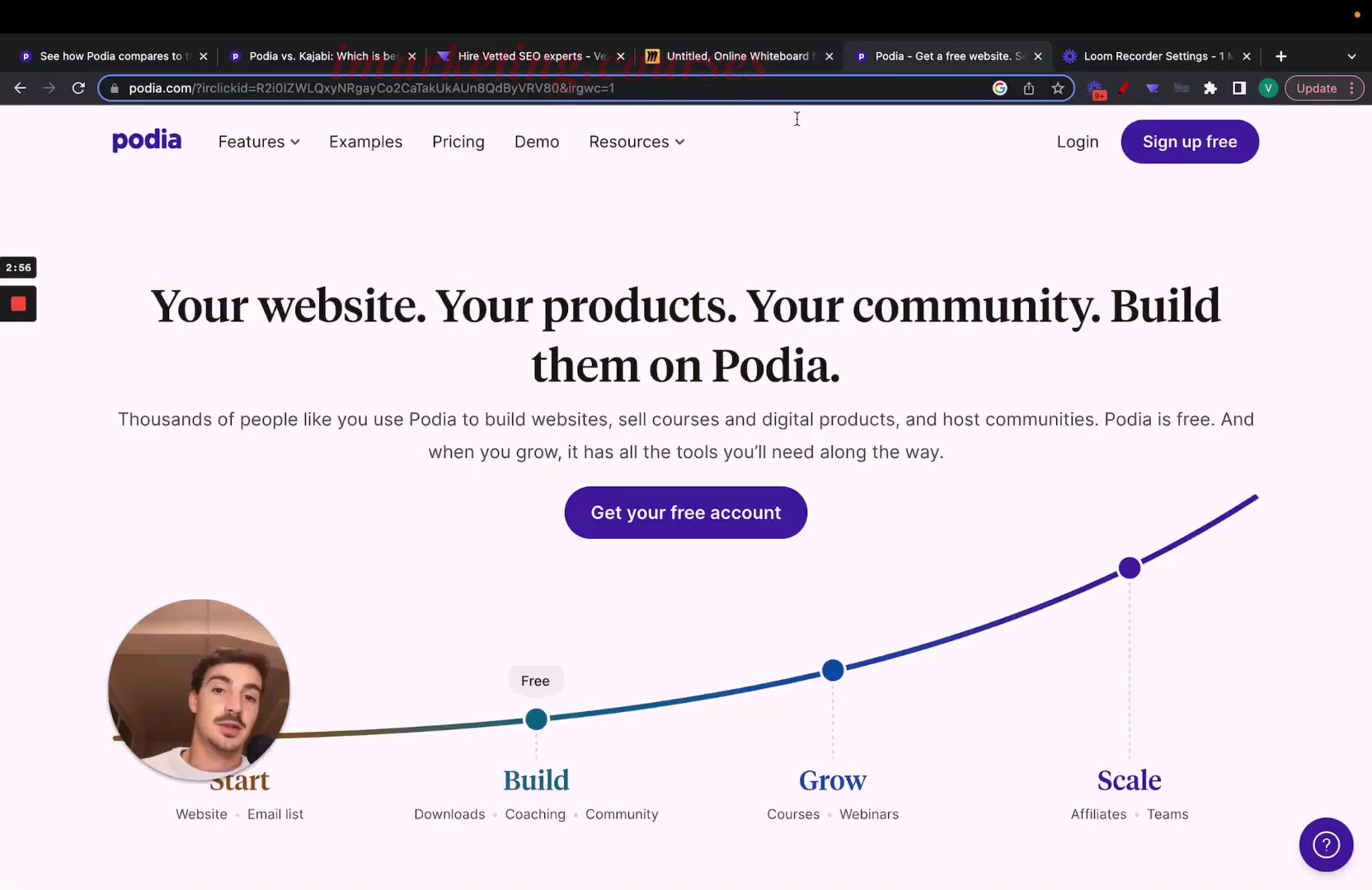
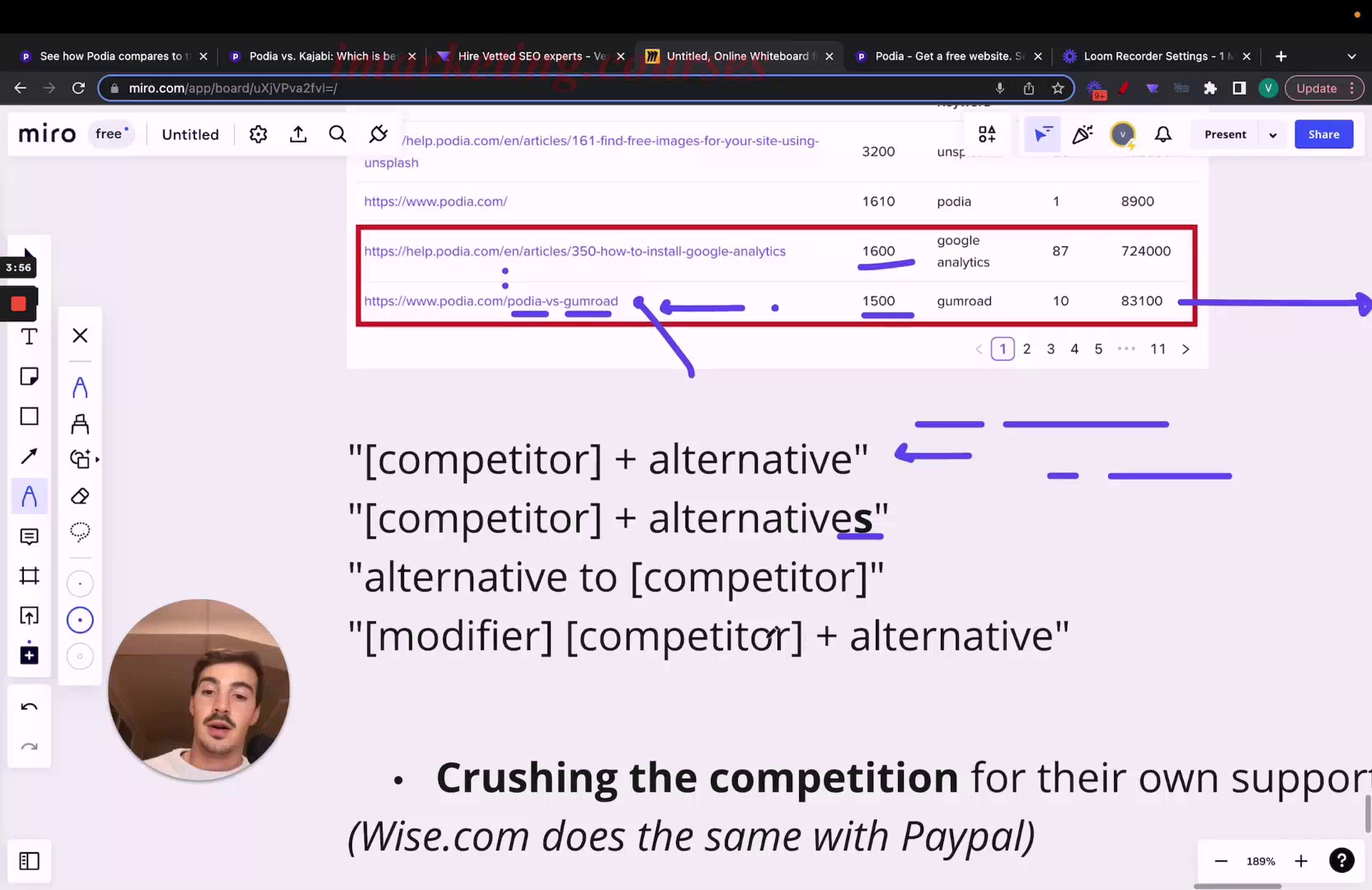
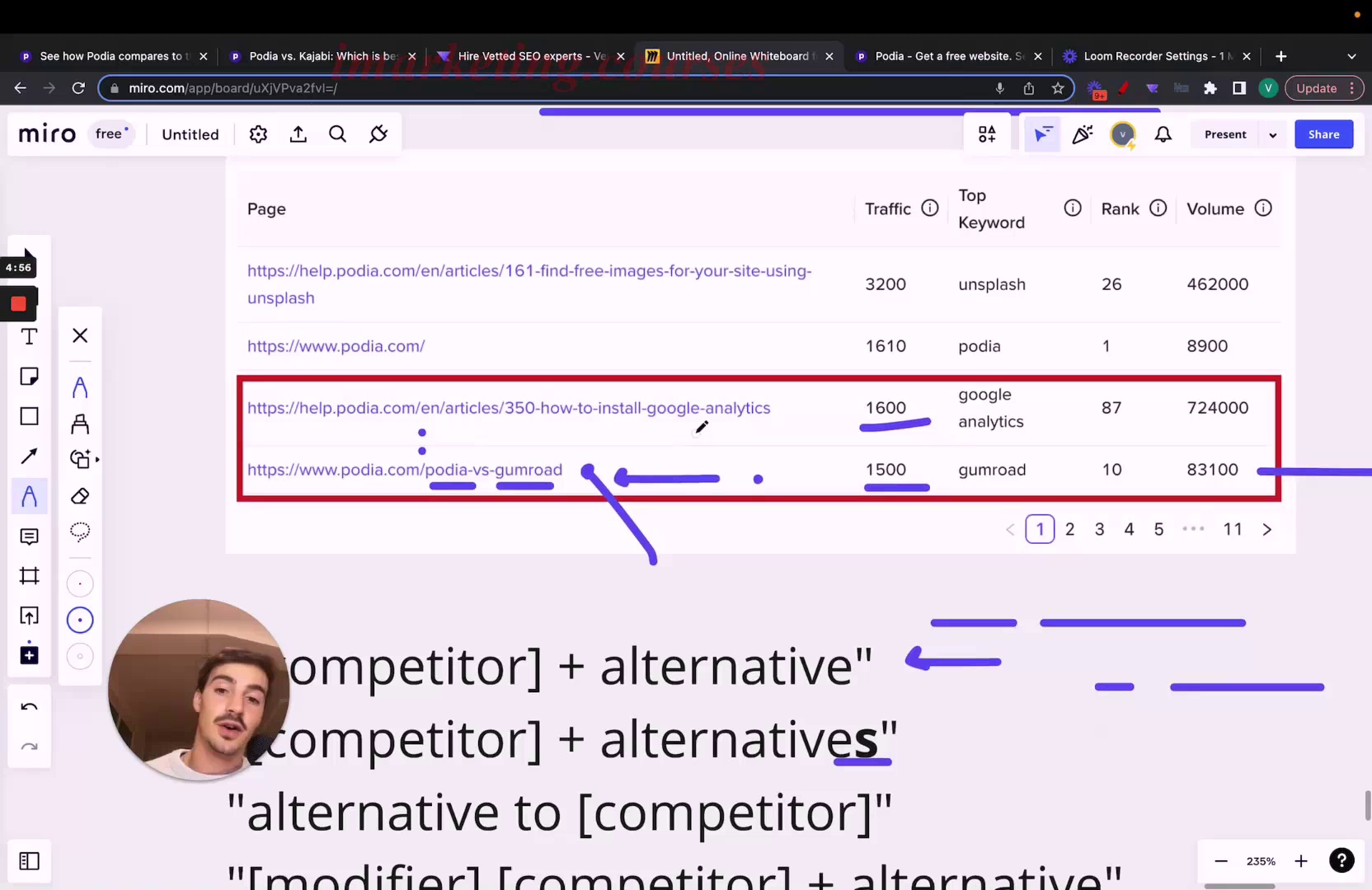
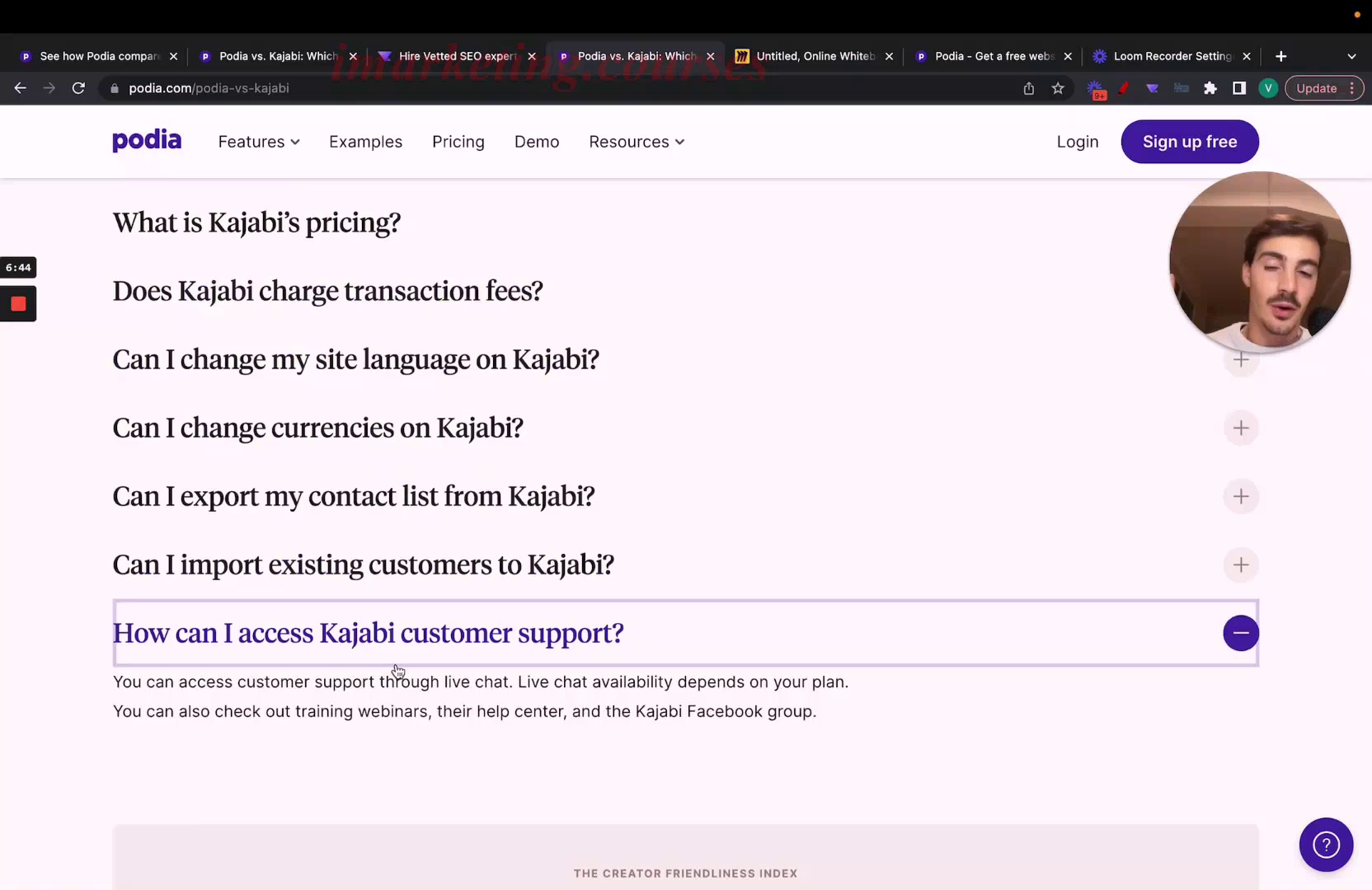
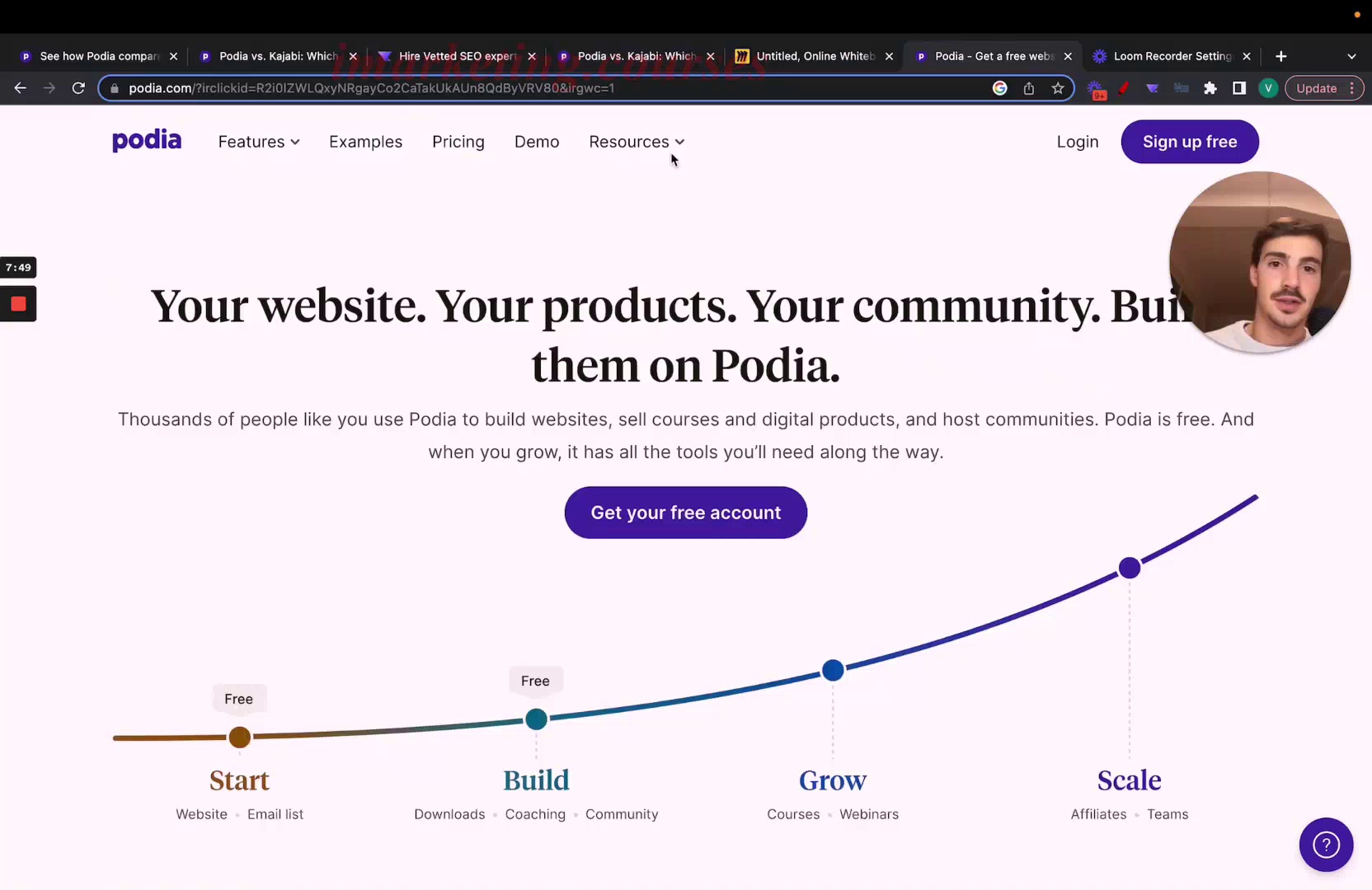
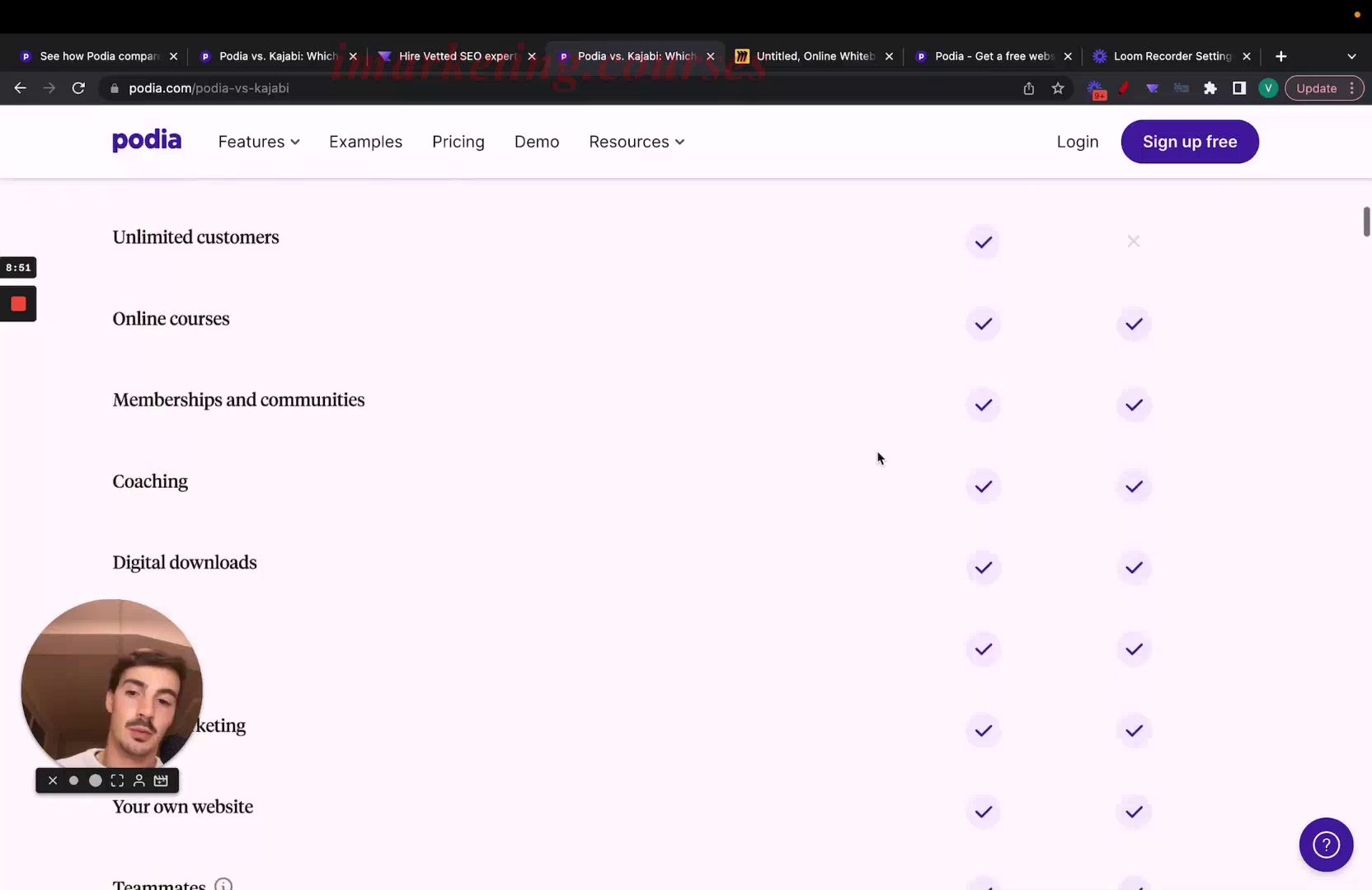
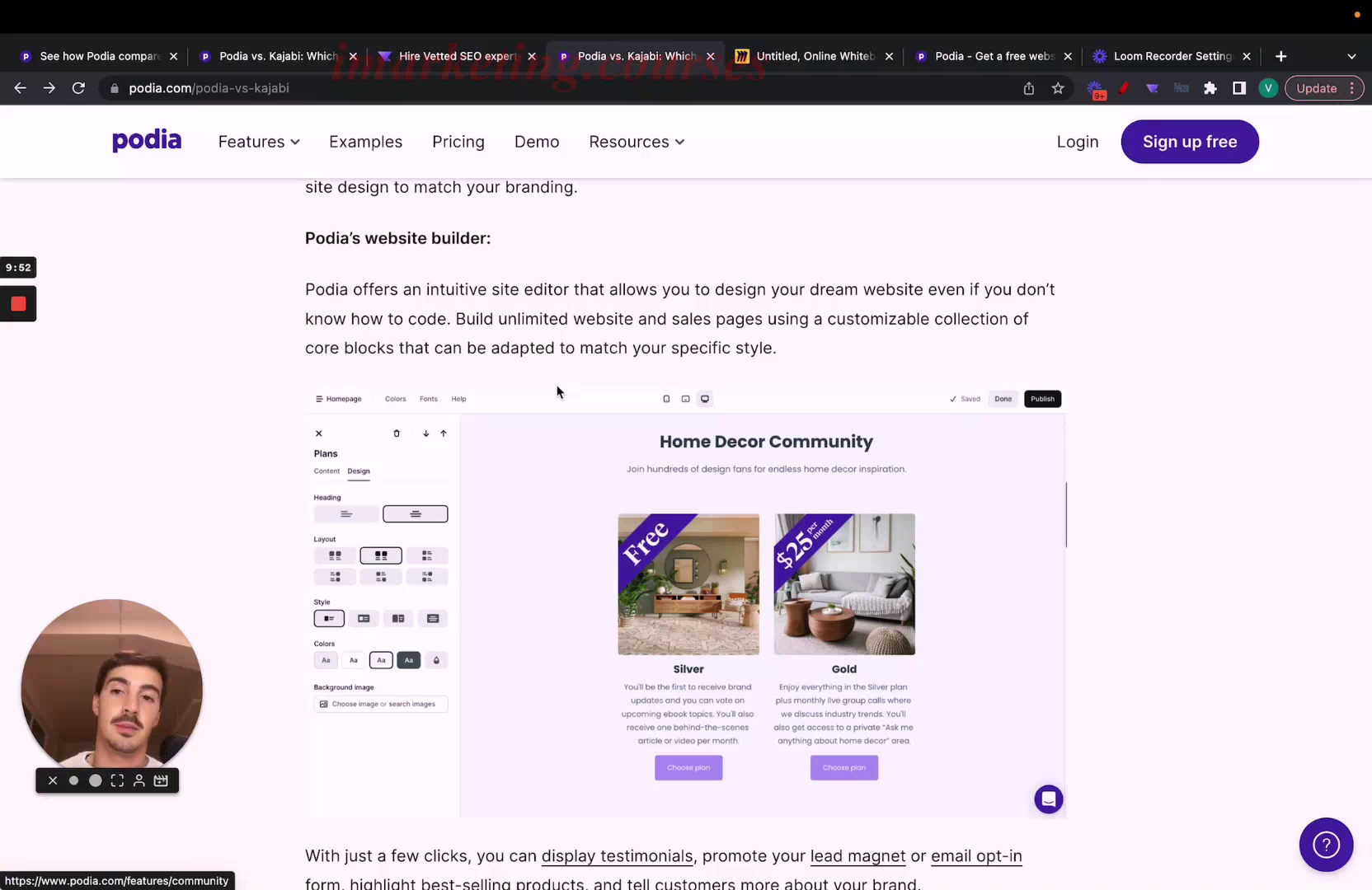
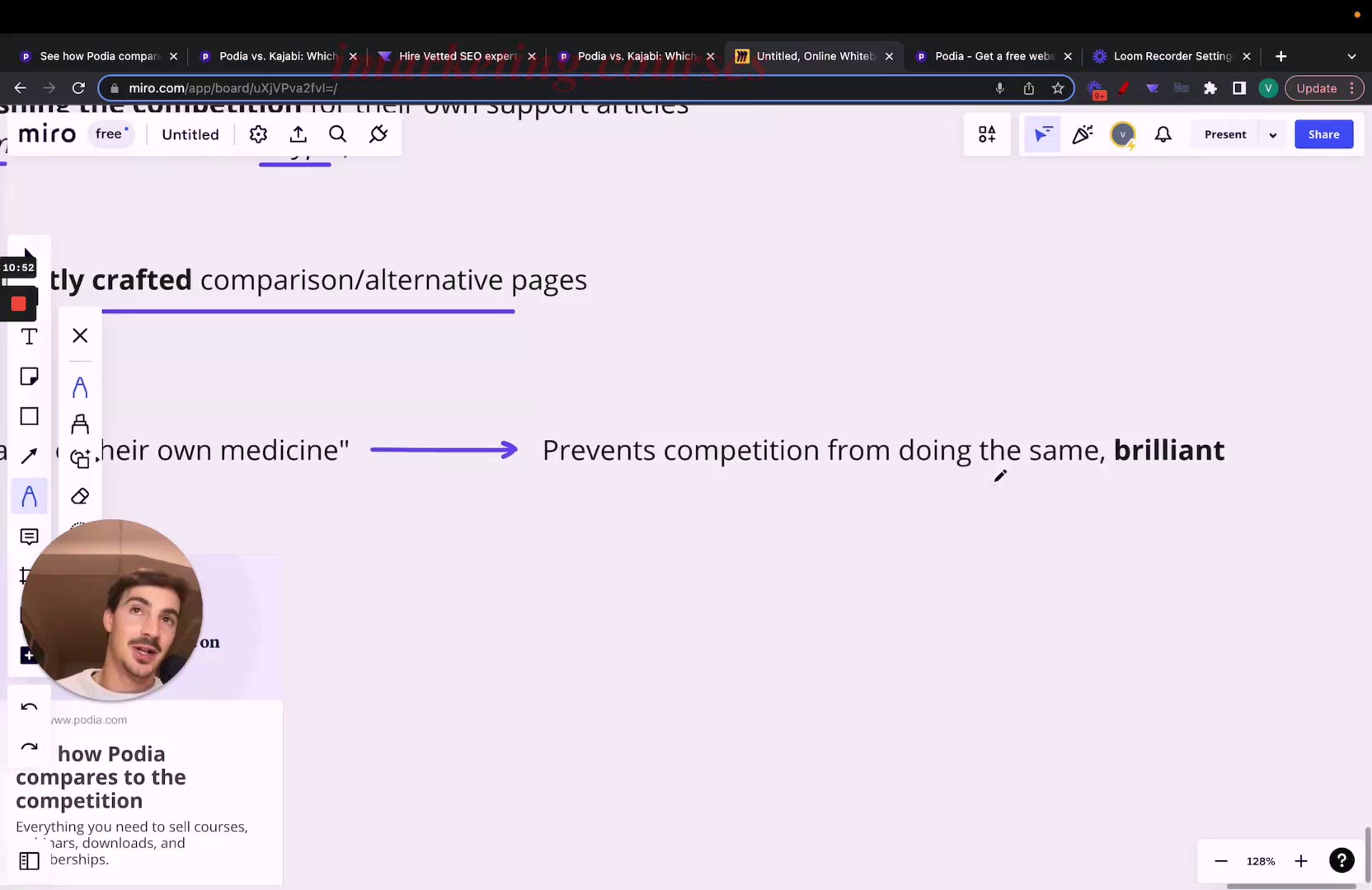
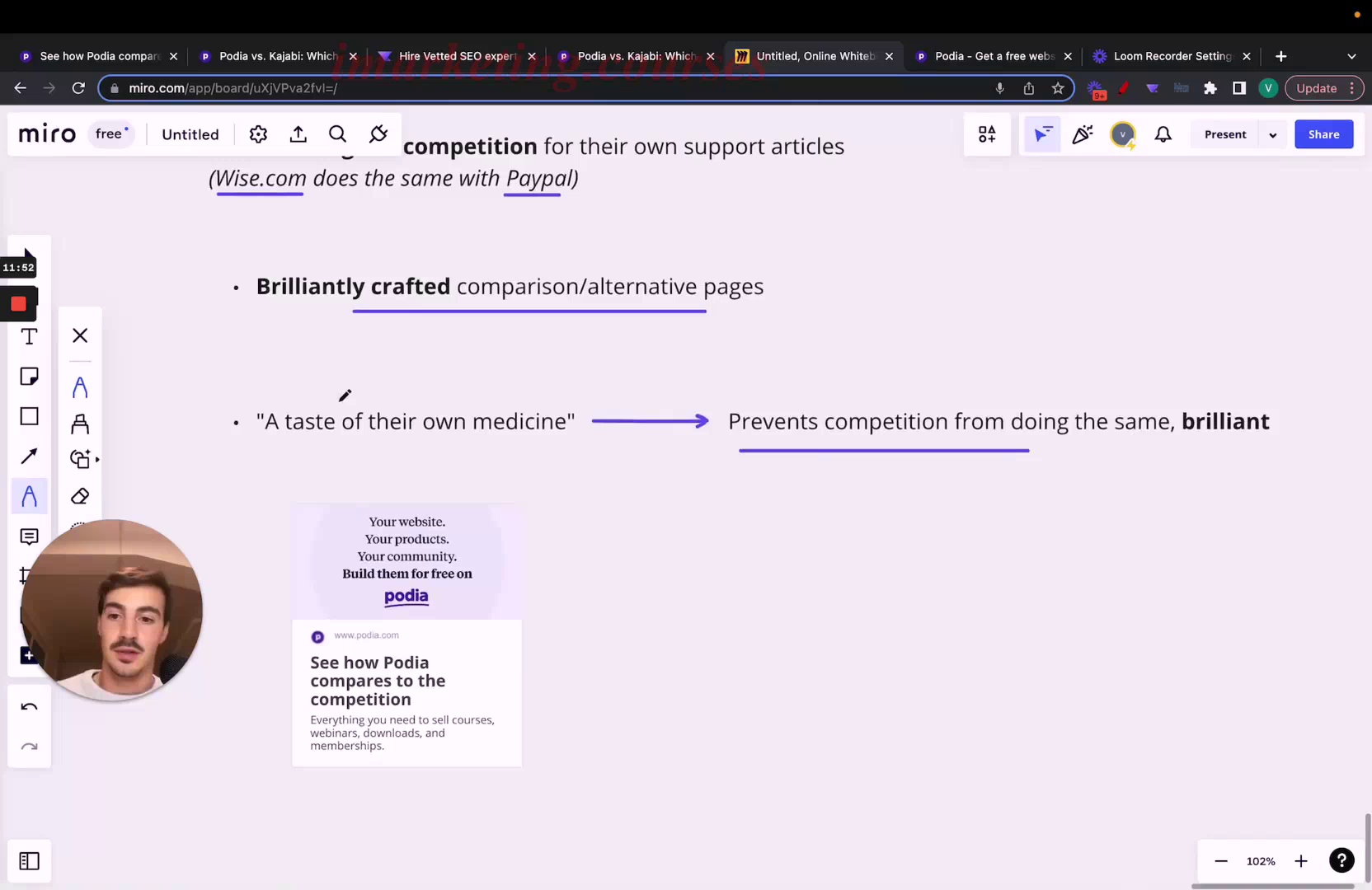
Podia is an online course platform using smart SEO strategies to attract buyers. They target high-intent keywords related to comparisons with competitors. Their articles provide better support for competitors' products than the competitors themselves. Their comparison pages are optimized for users and search engines. They rank for searches about their own alternatives to prevent competitors creating similar comparison pages.
Specifically, Podia is targeting searches like "Podia versus Kajabi" rather than general topics. These bring motivated buyers. Podia answers questions about competitors like "Does Kajabi charge transaction fees?" better than Kajabi's own site. Their comparison pages use designs and formats ideal for users comparing products. Their "Podia alternatives" page ranks above competitors' potential comparison pages about Podia.
.